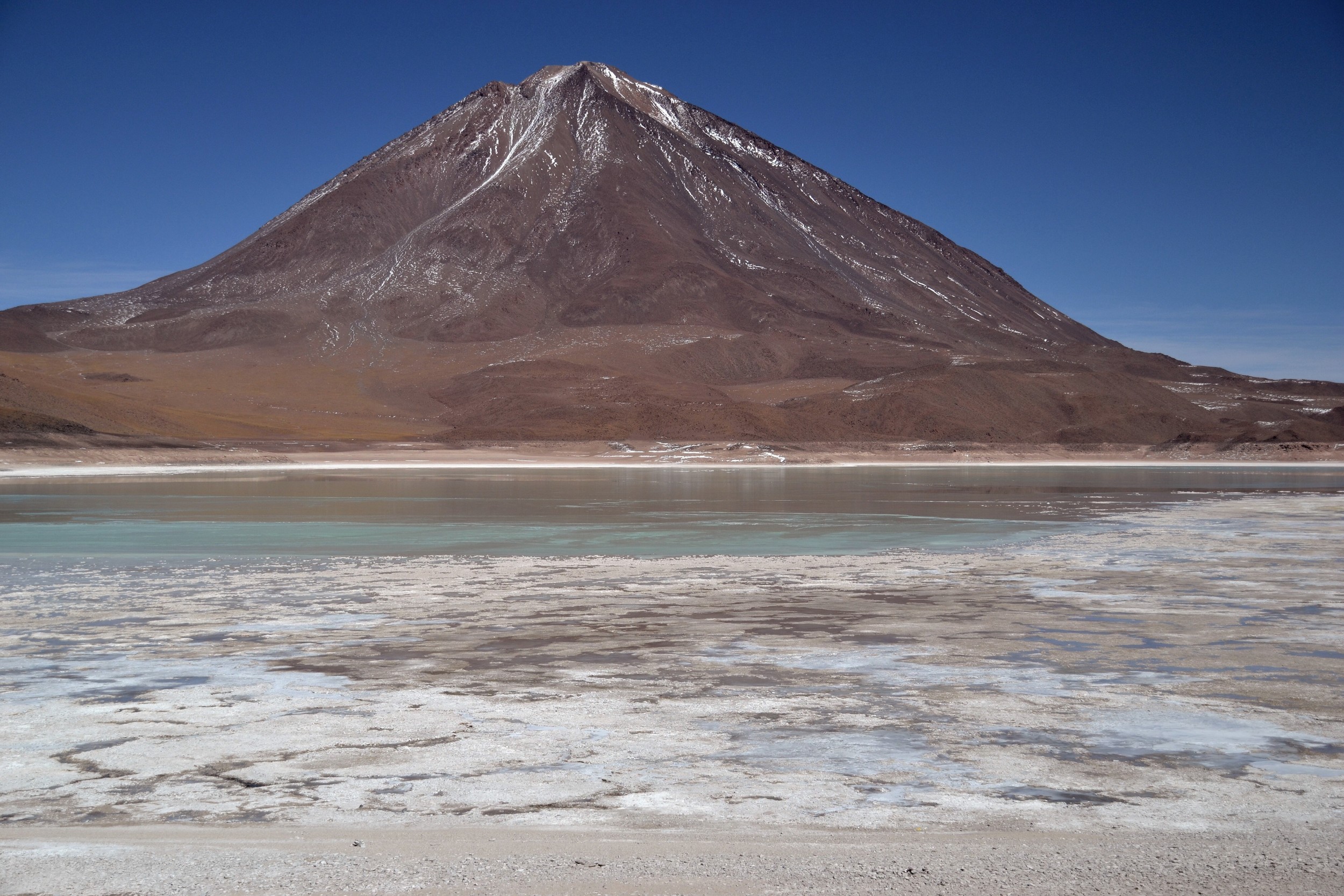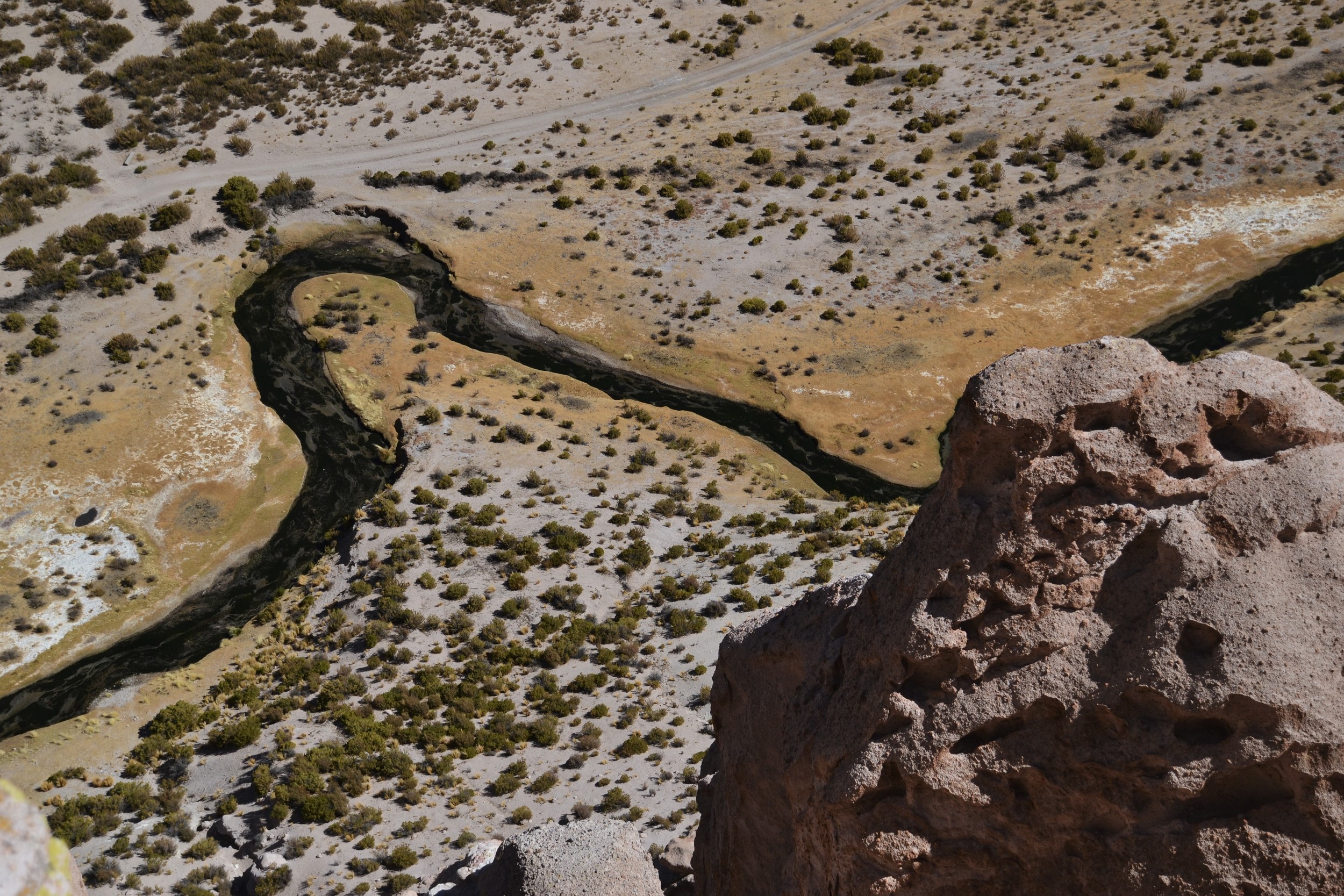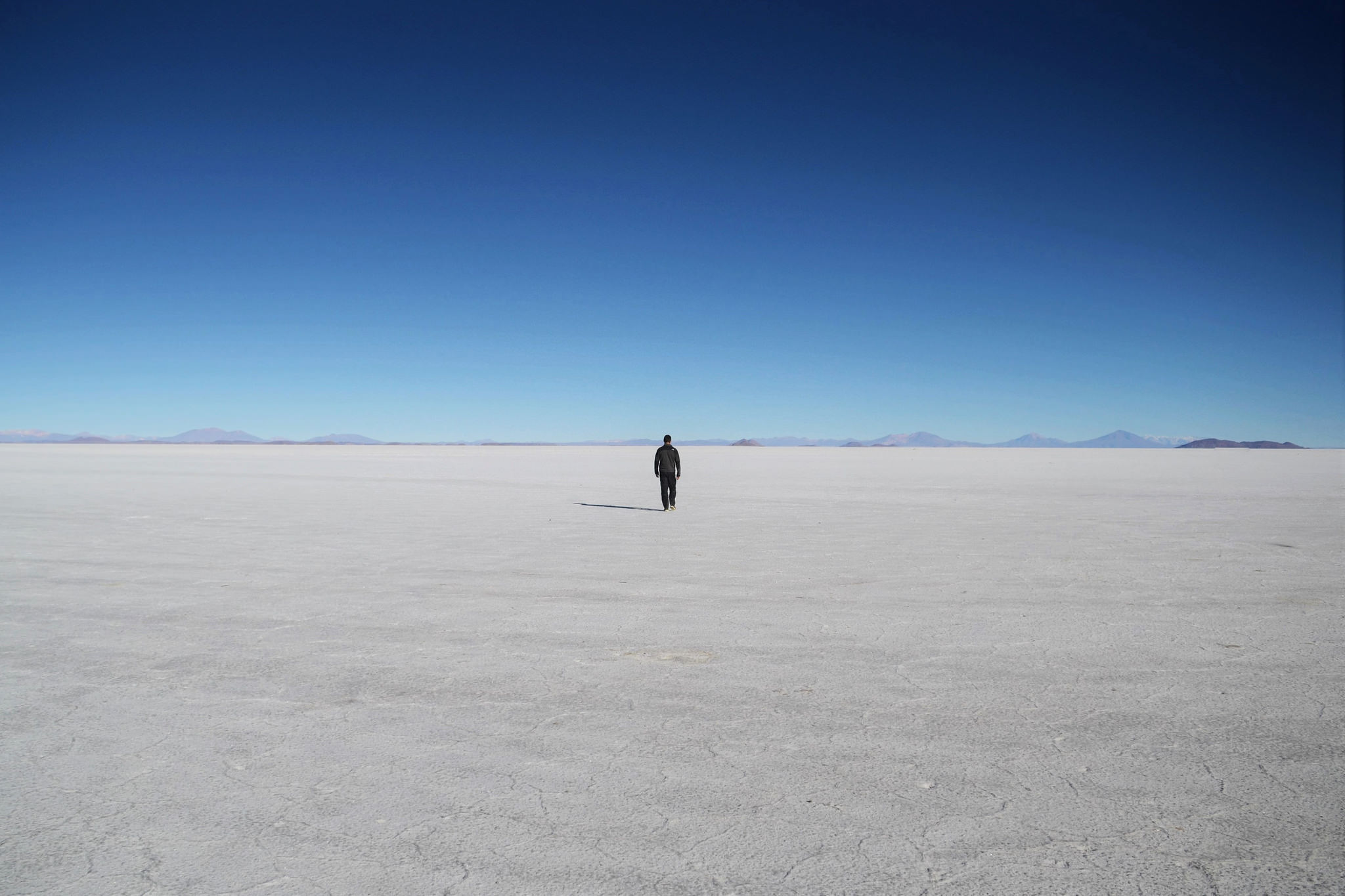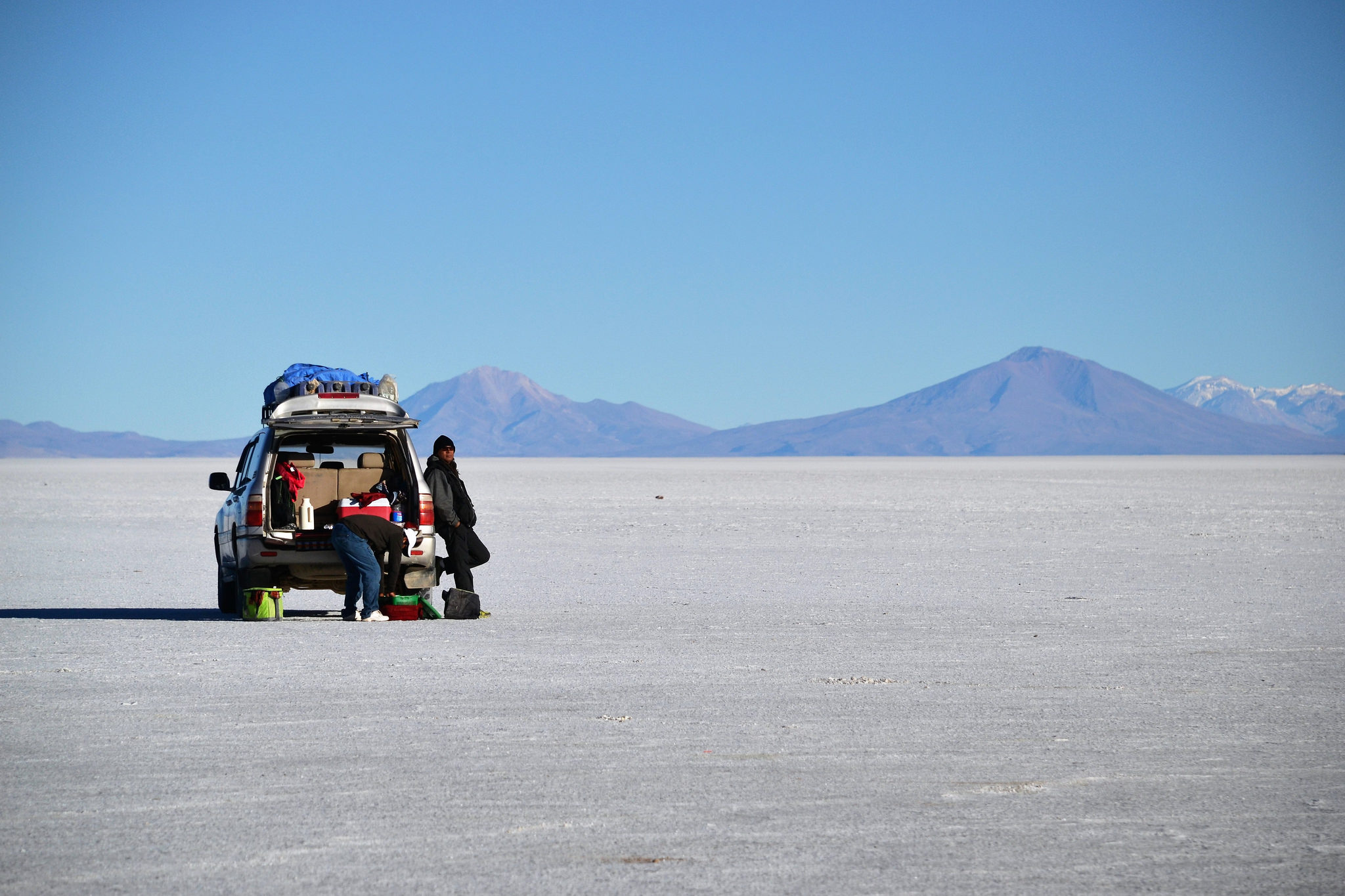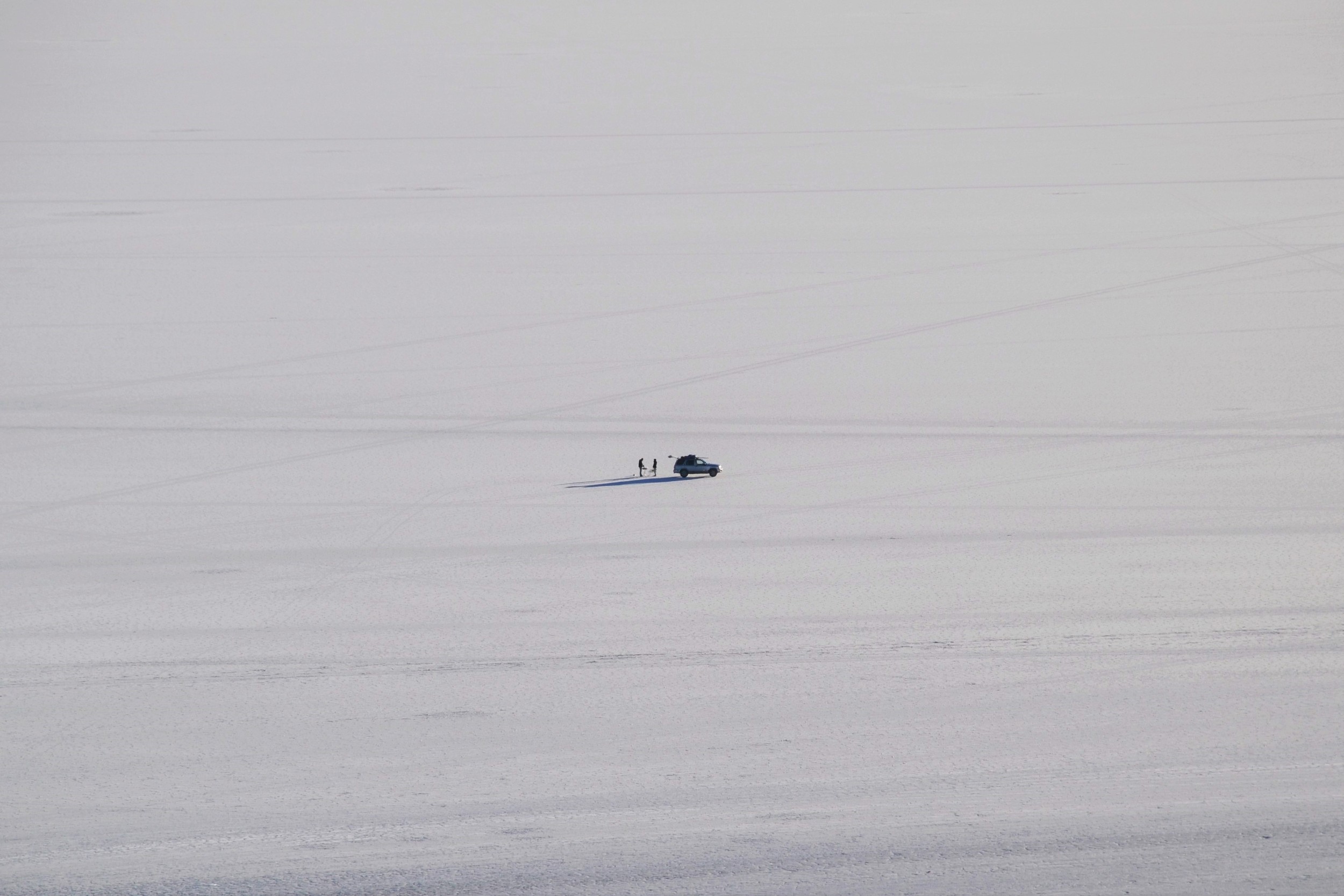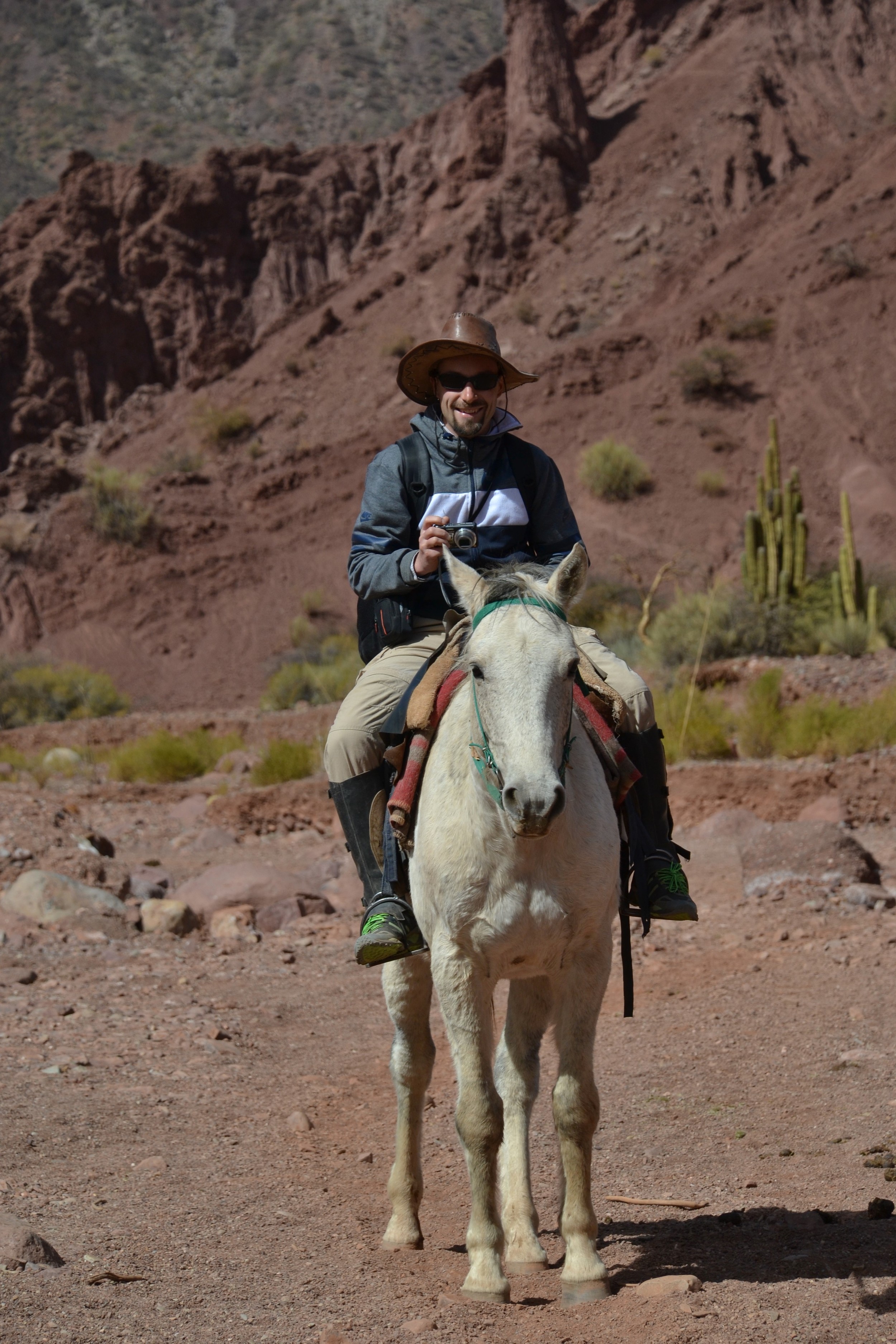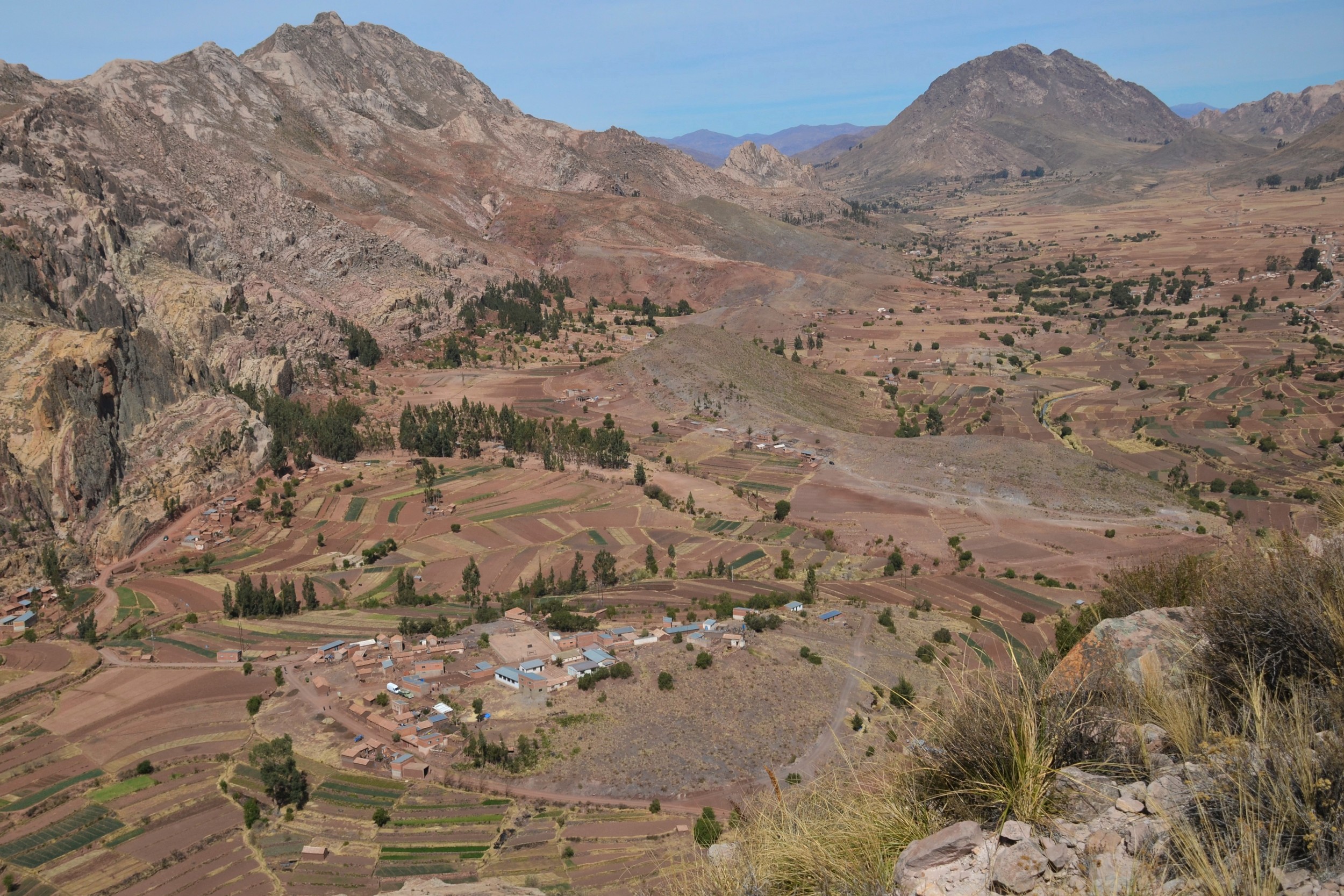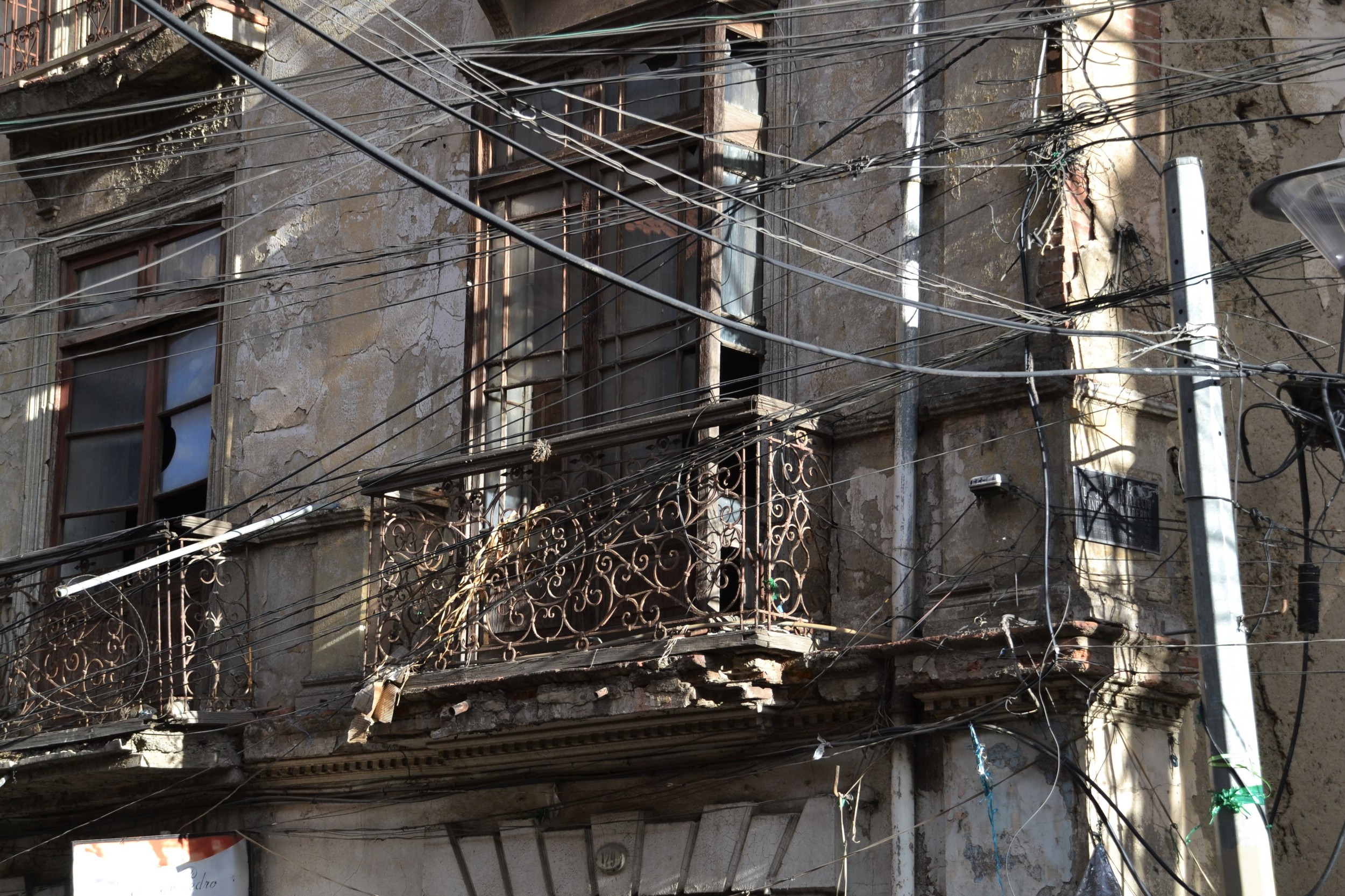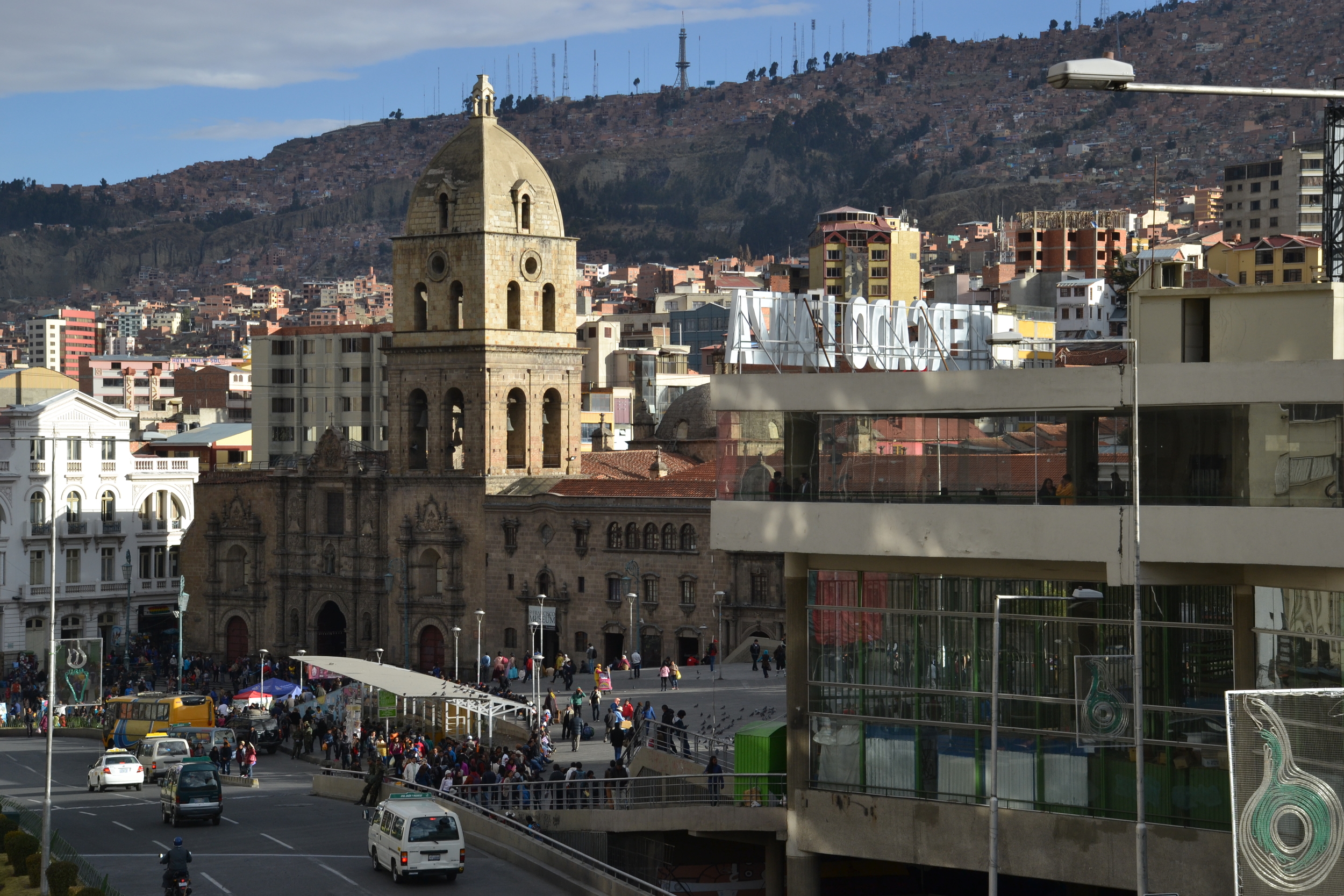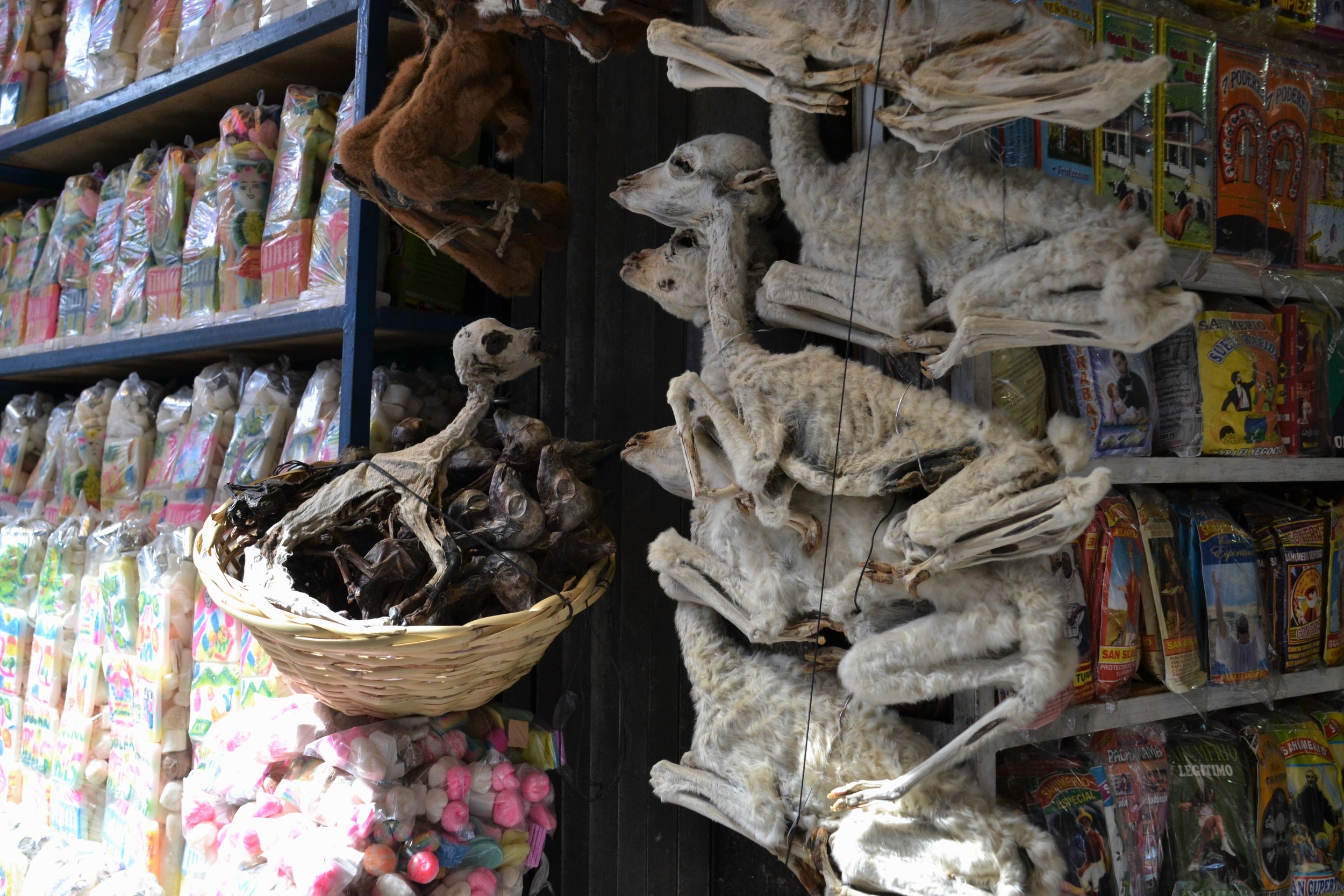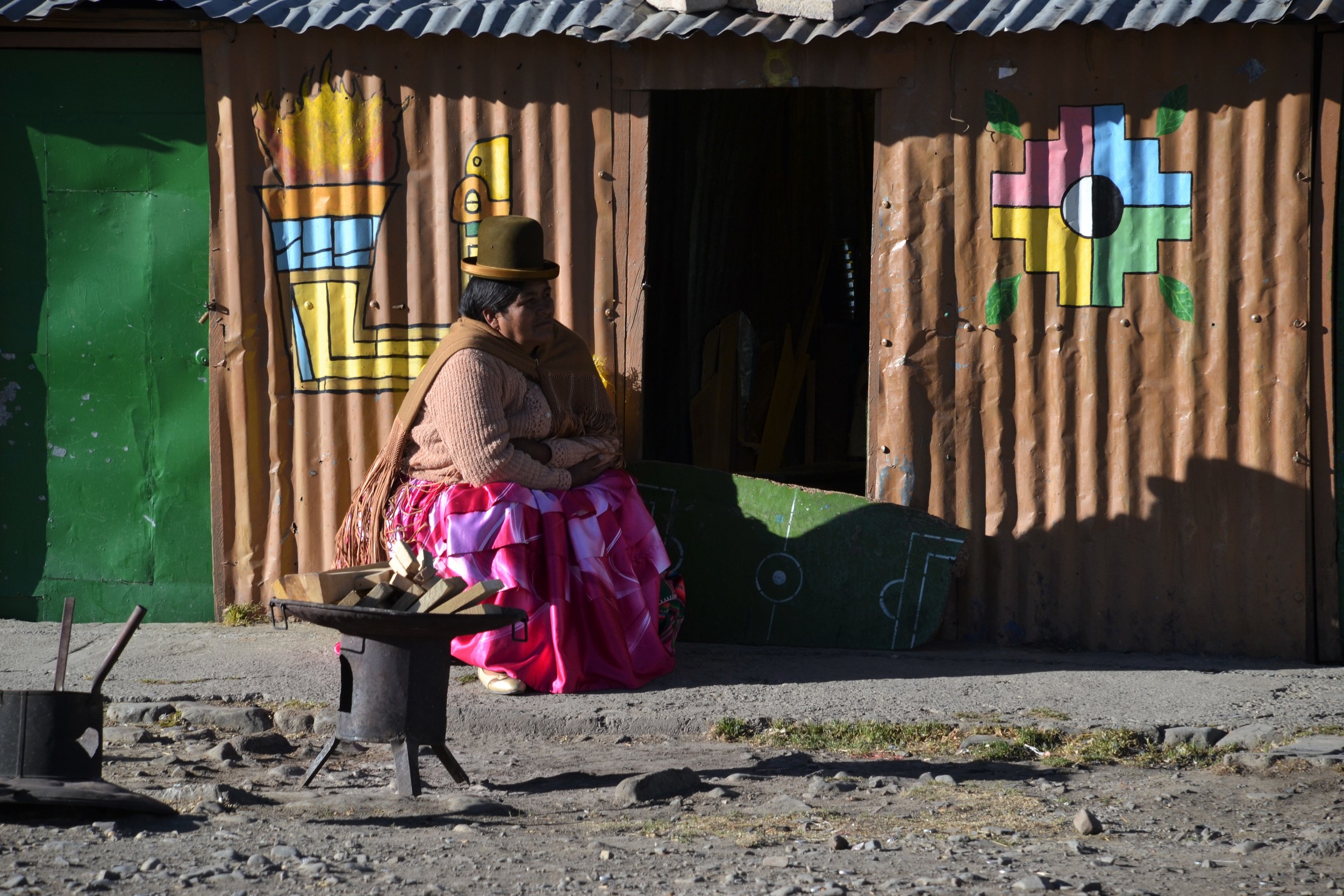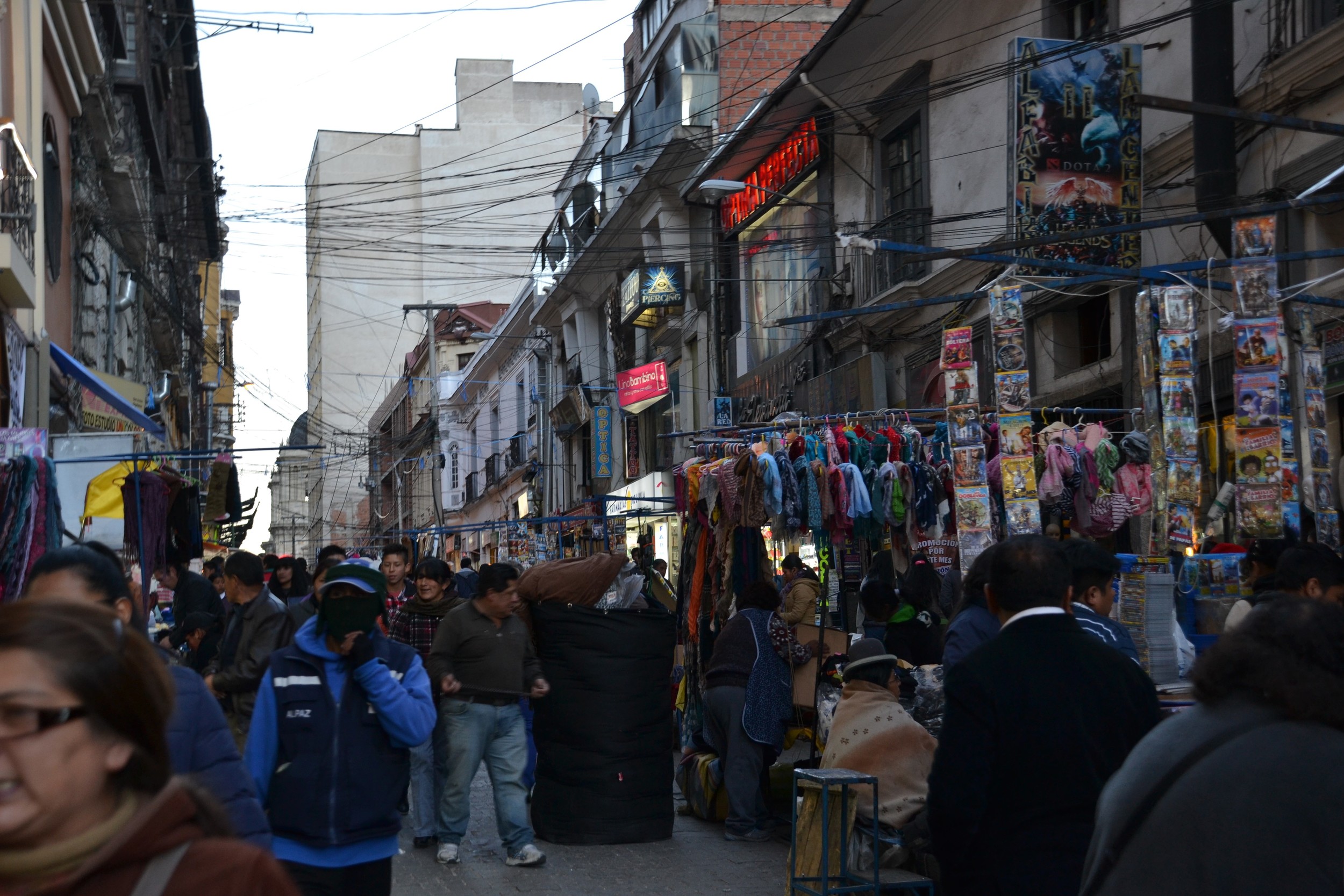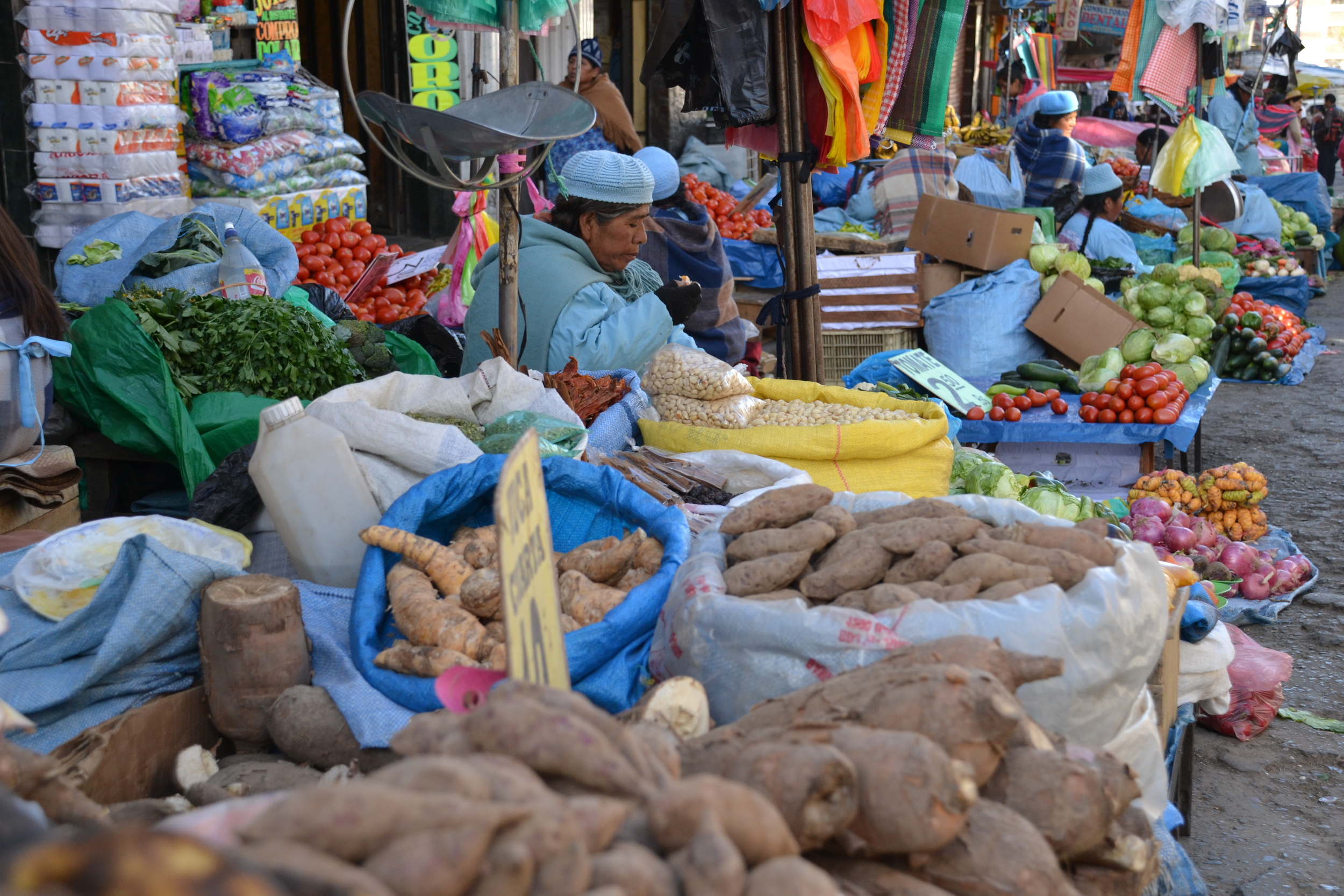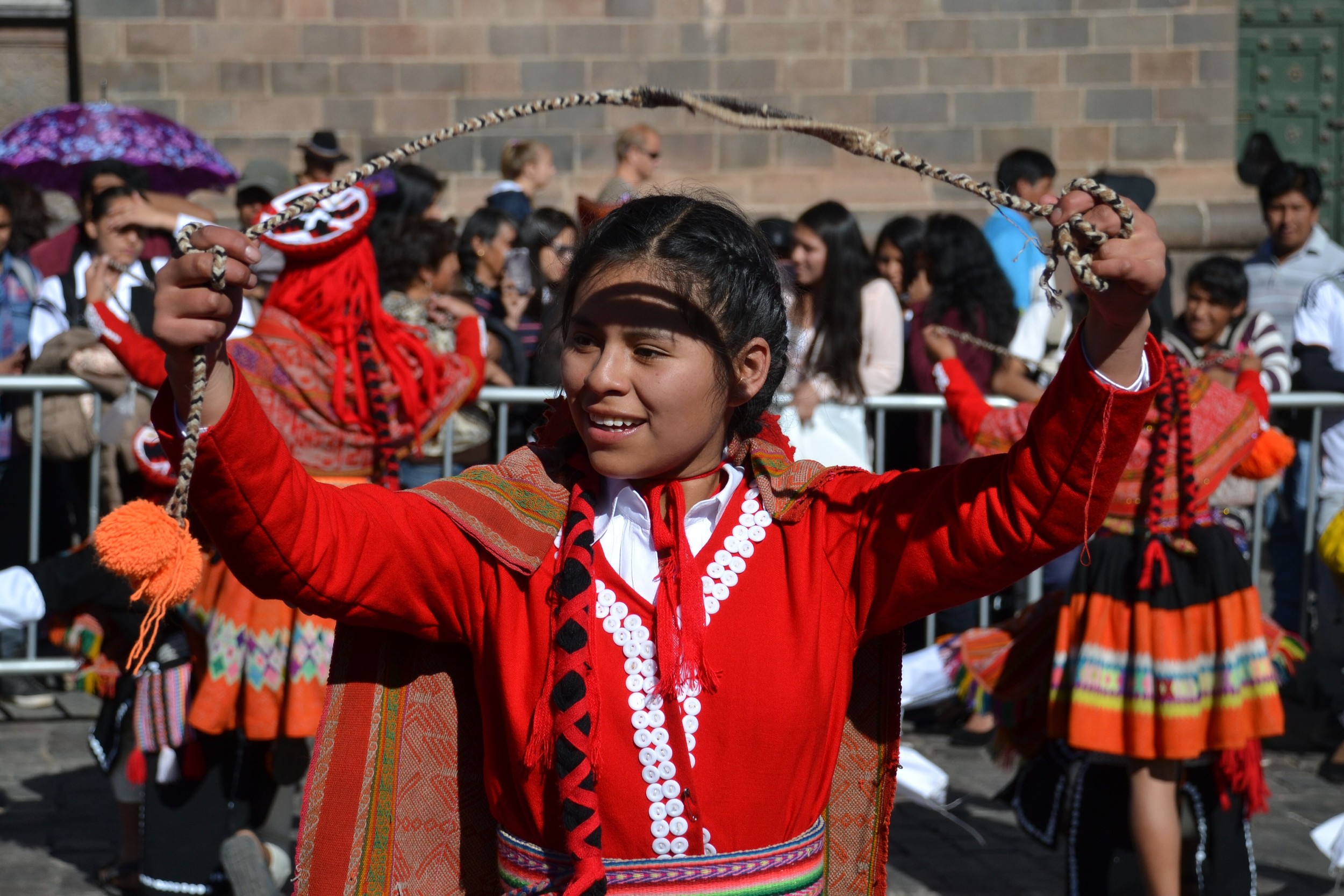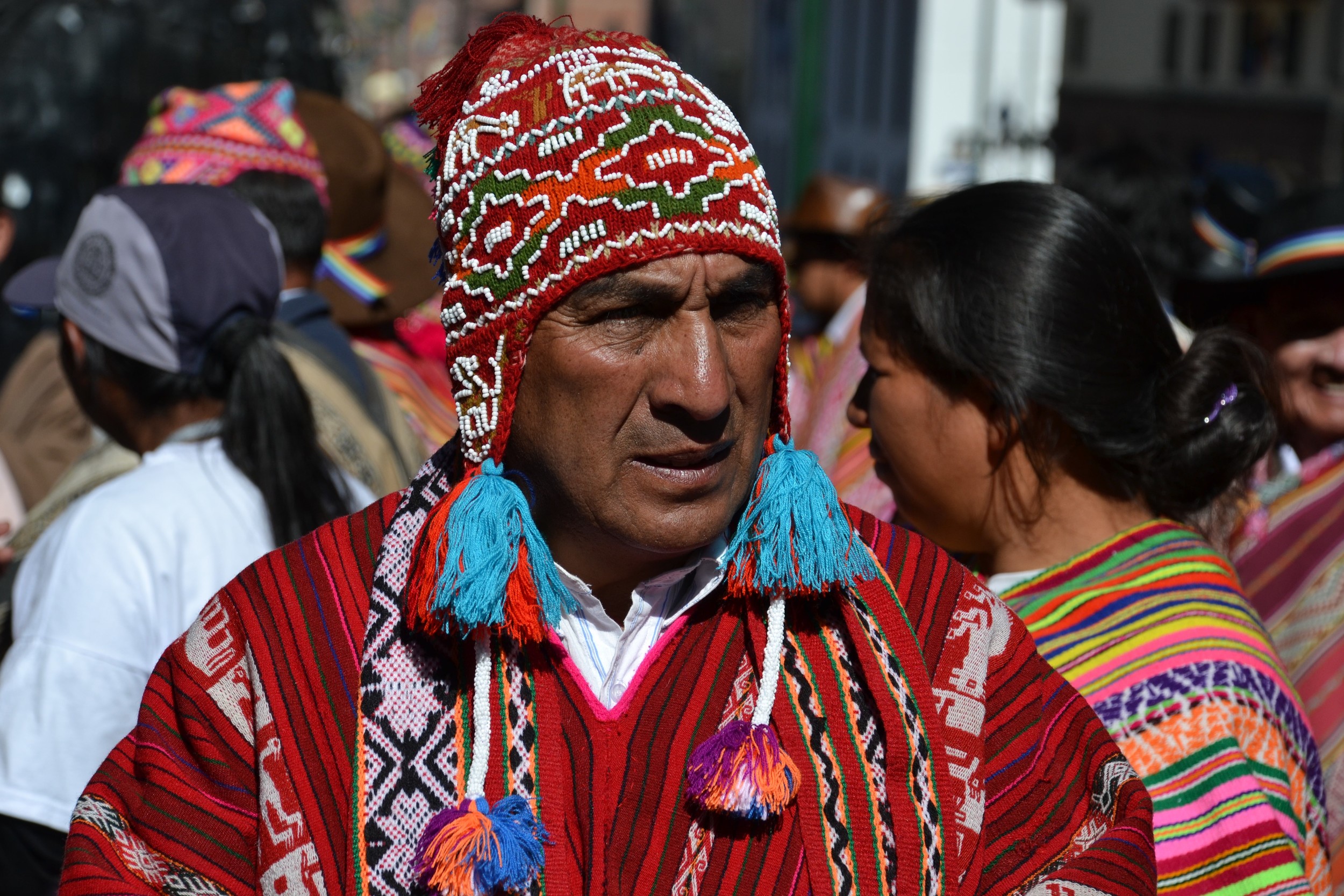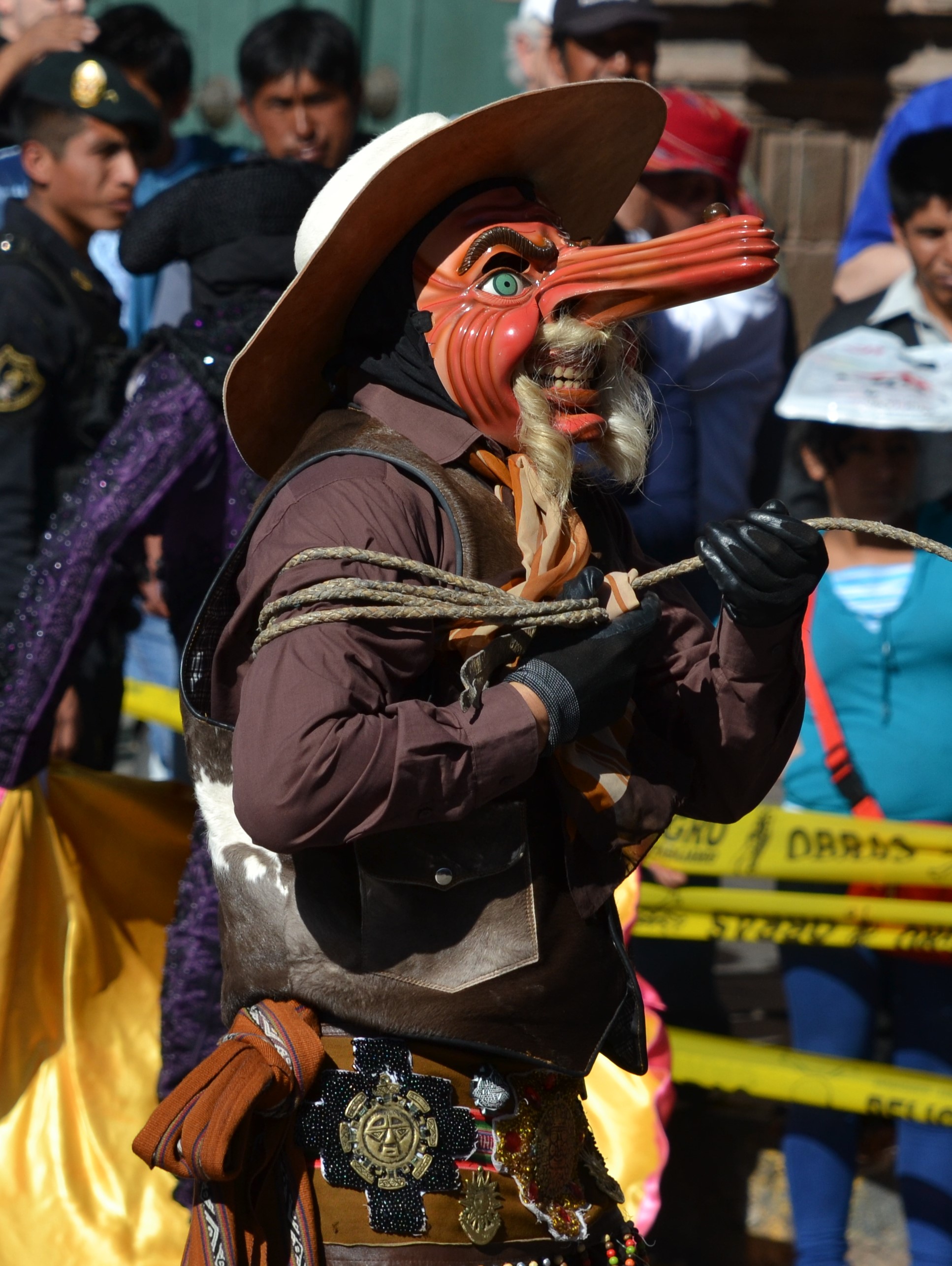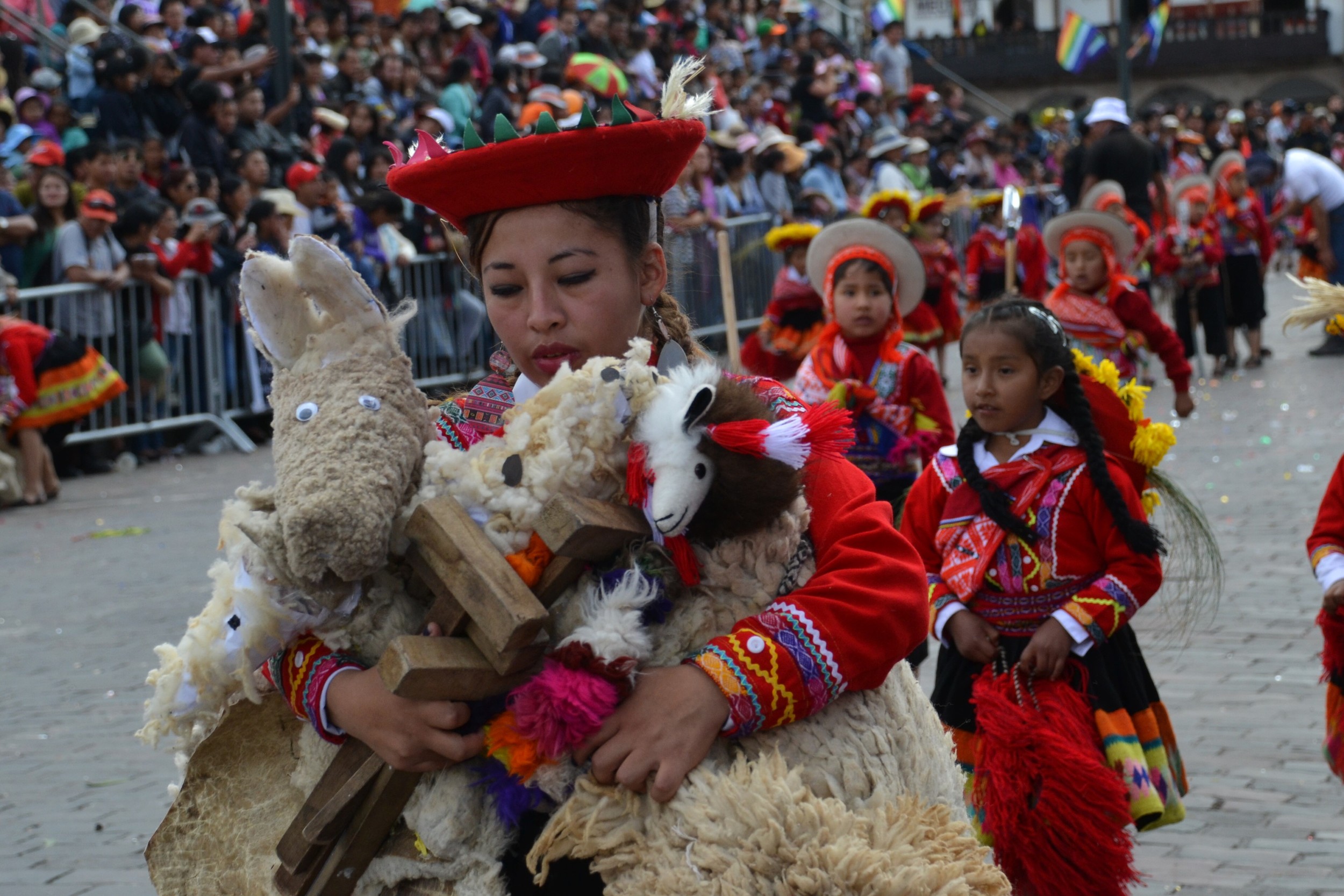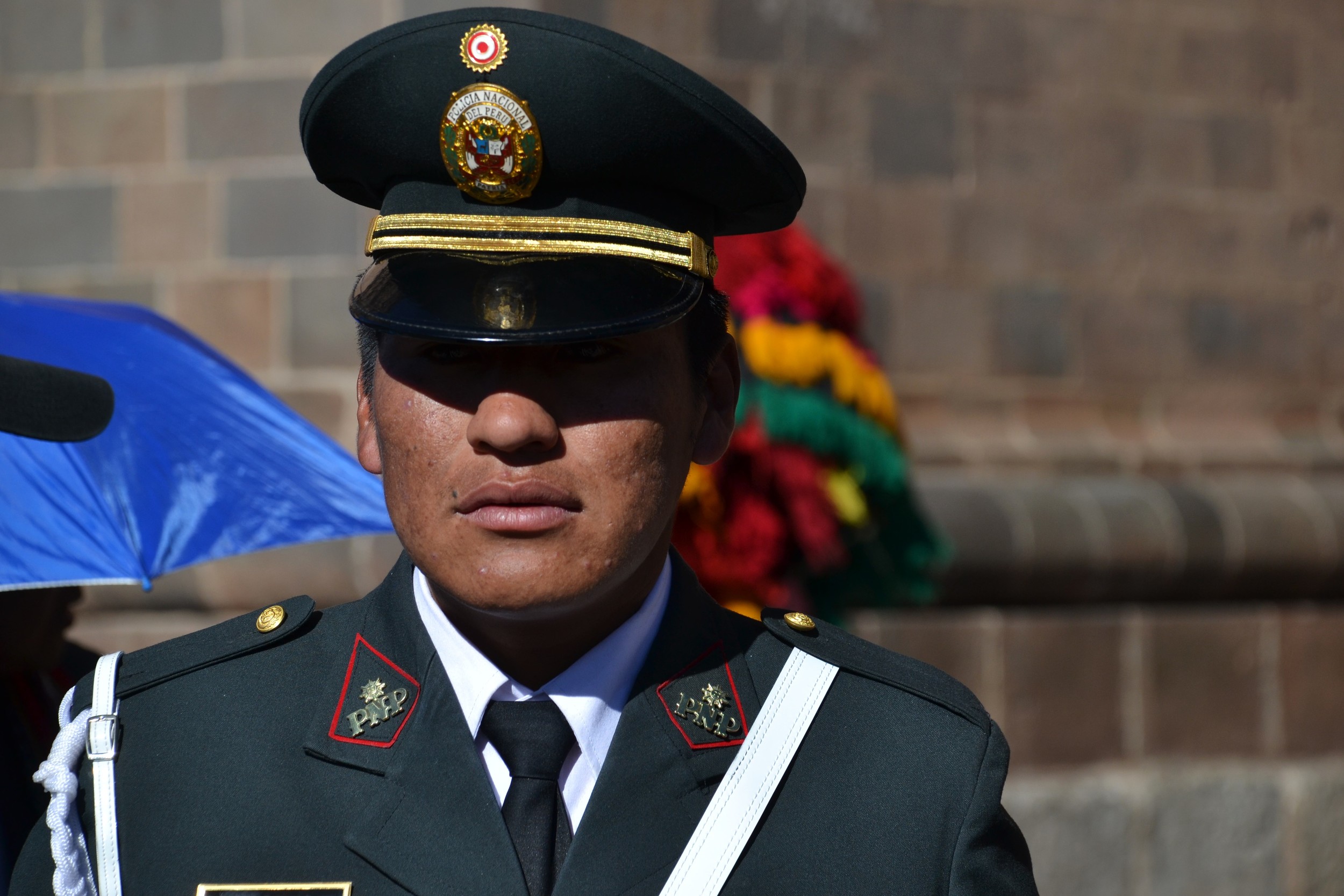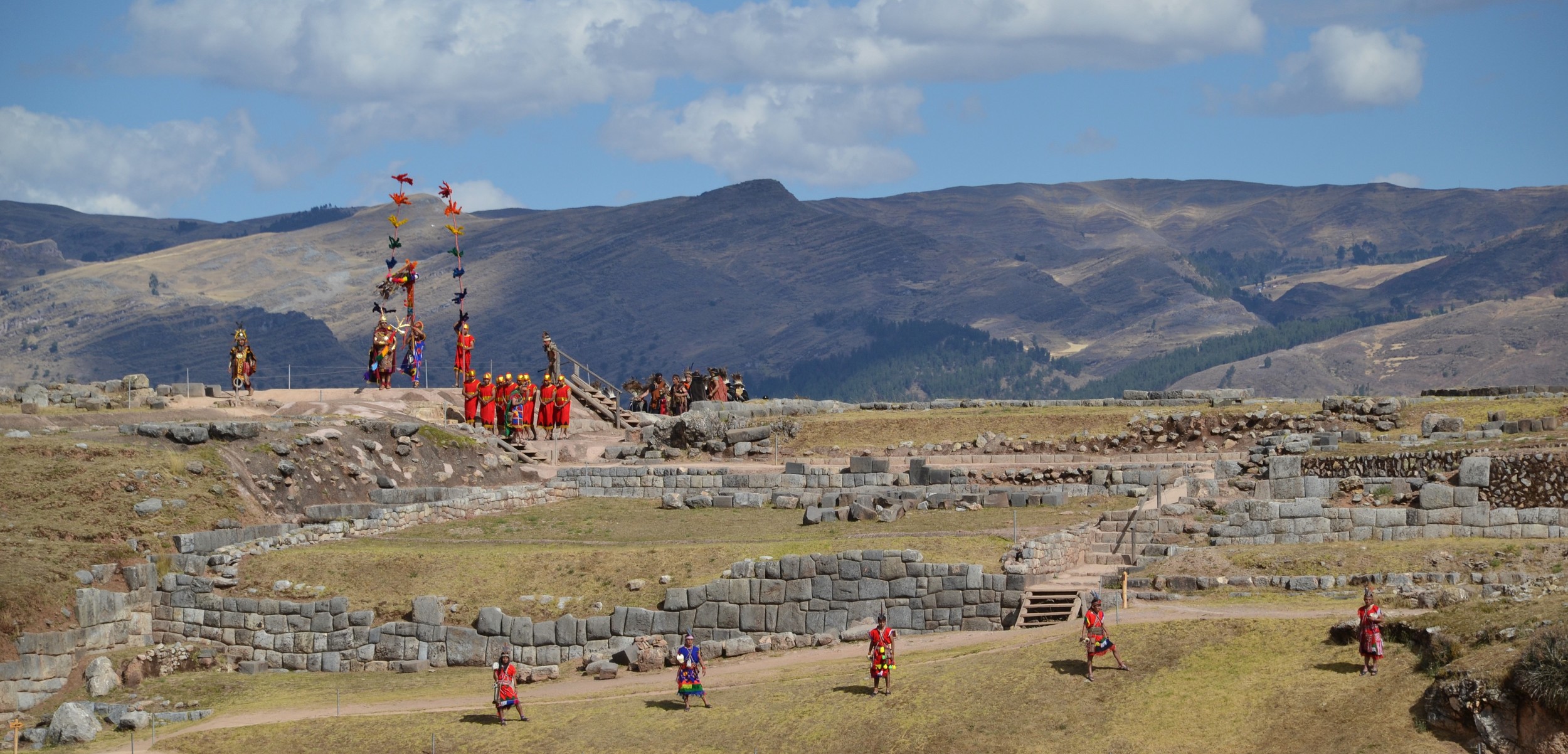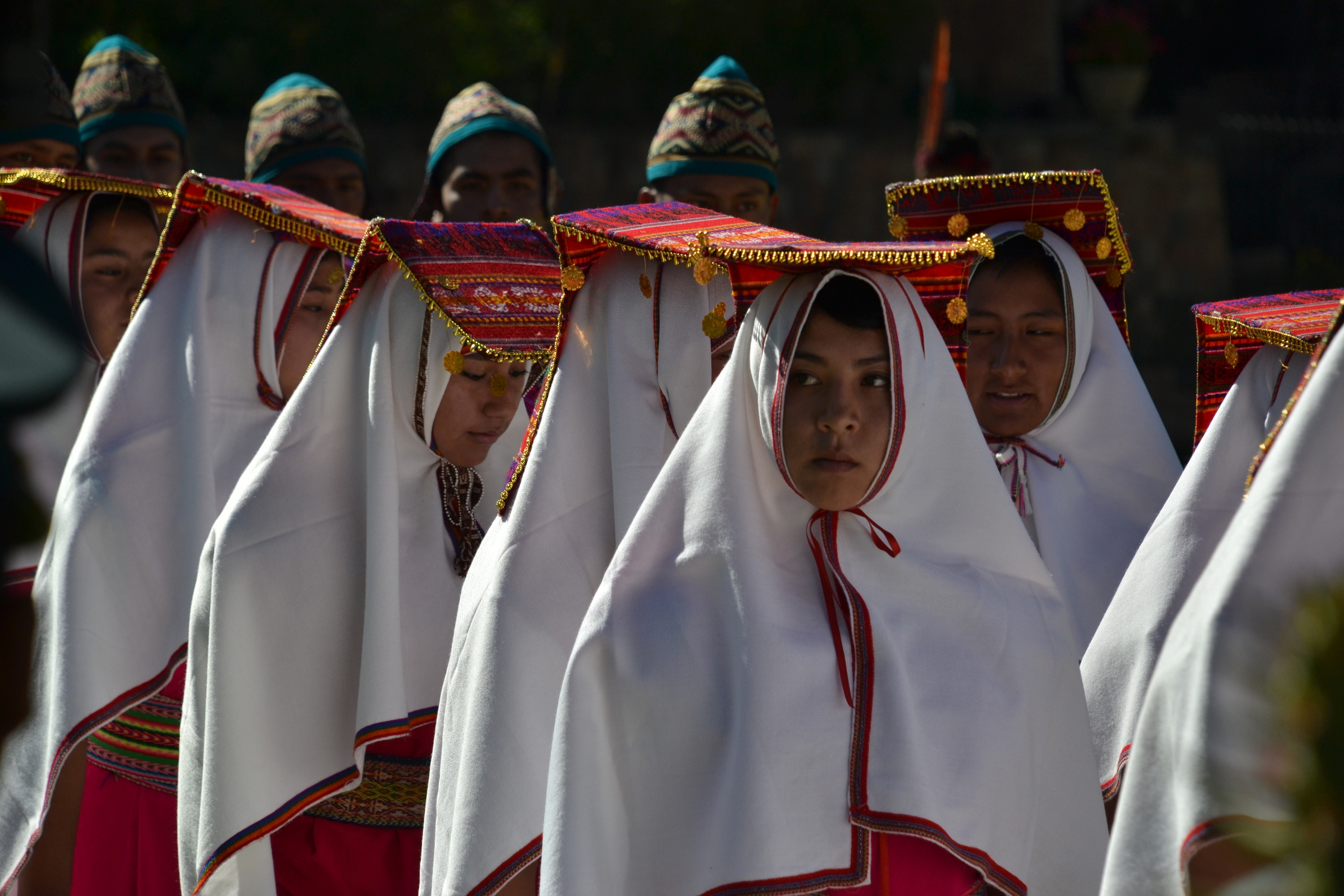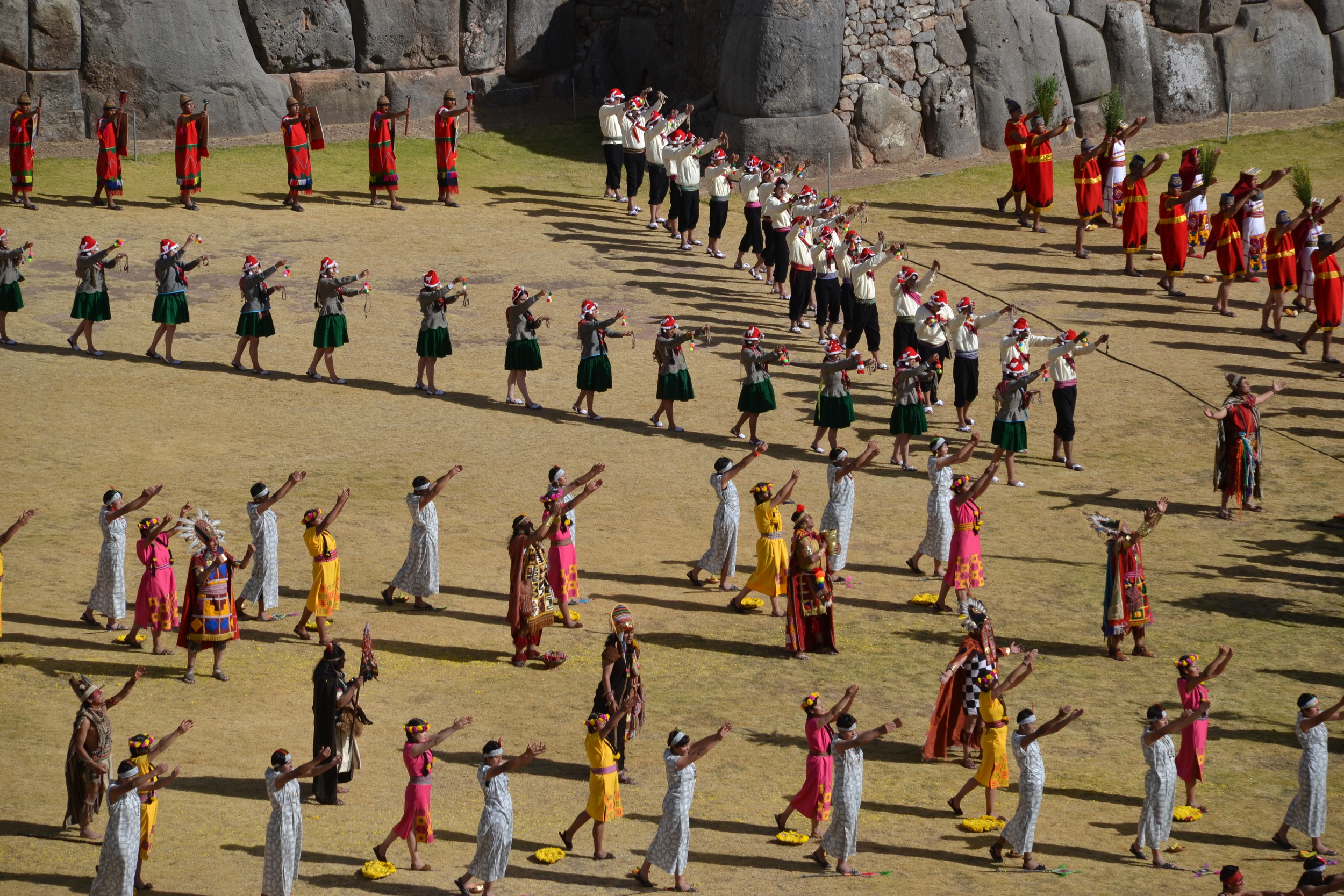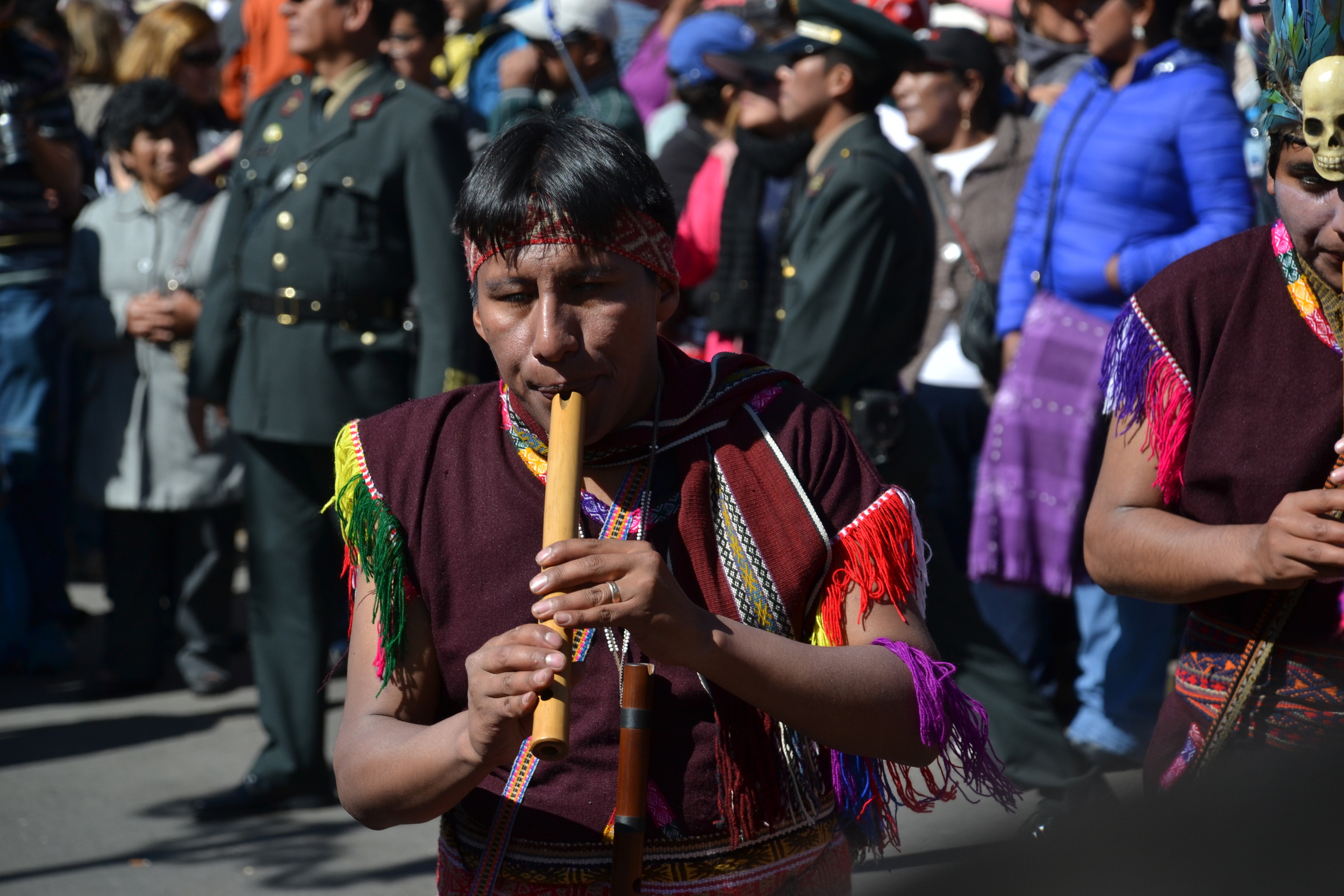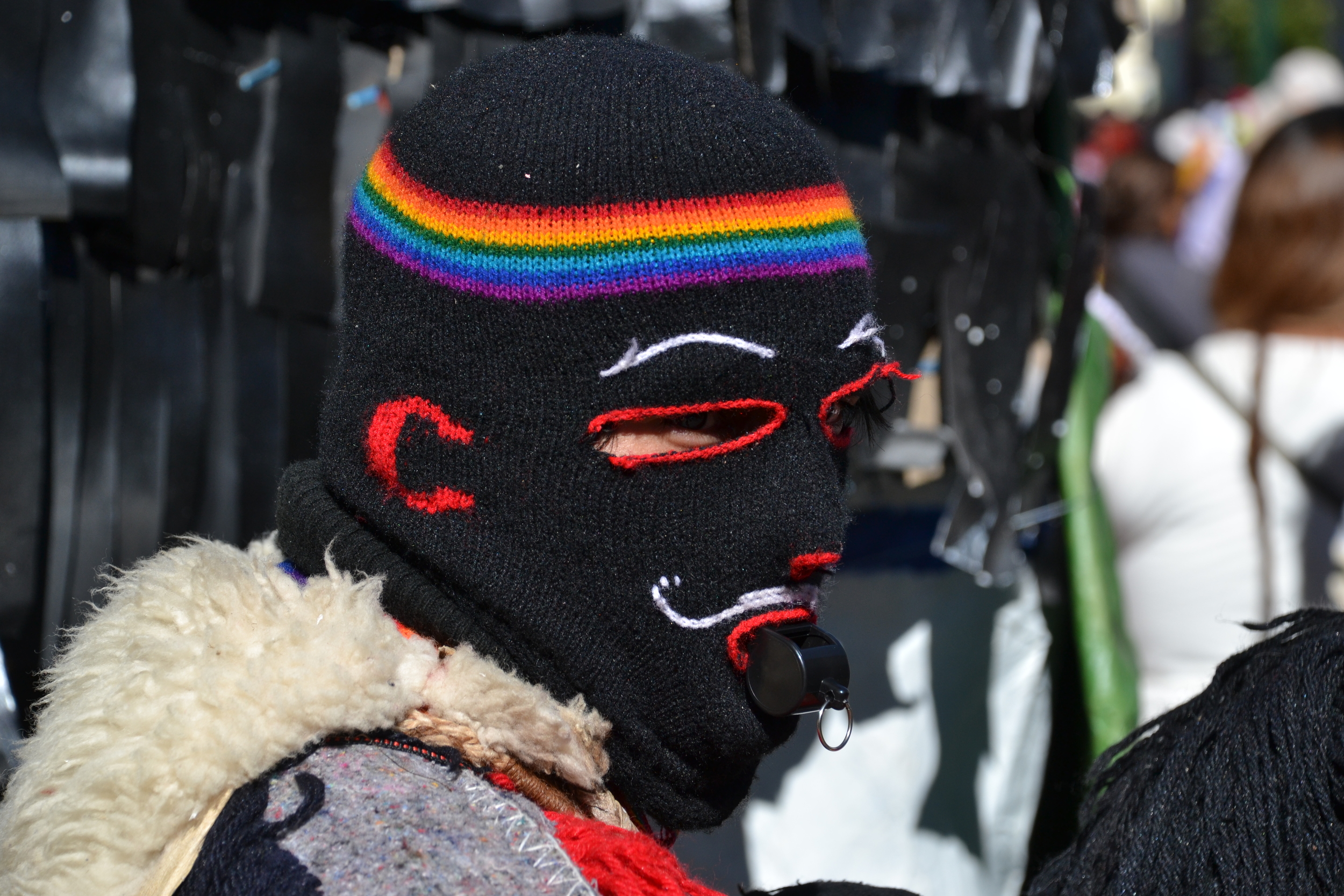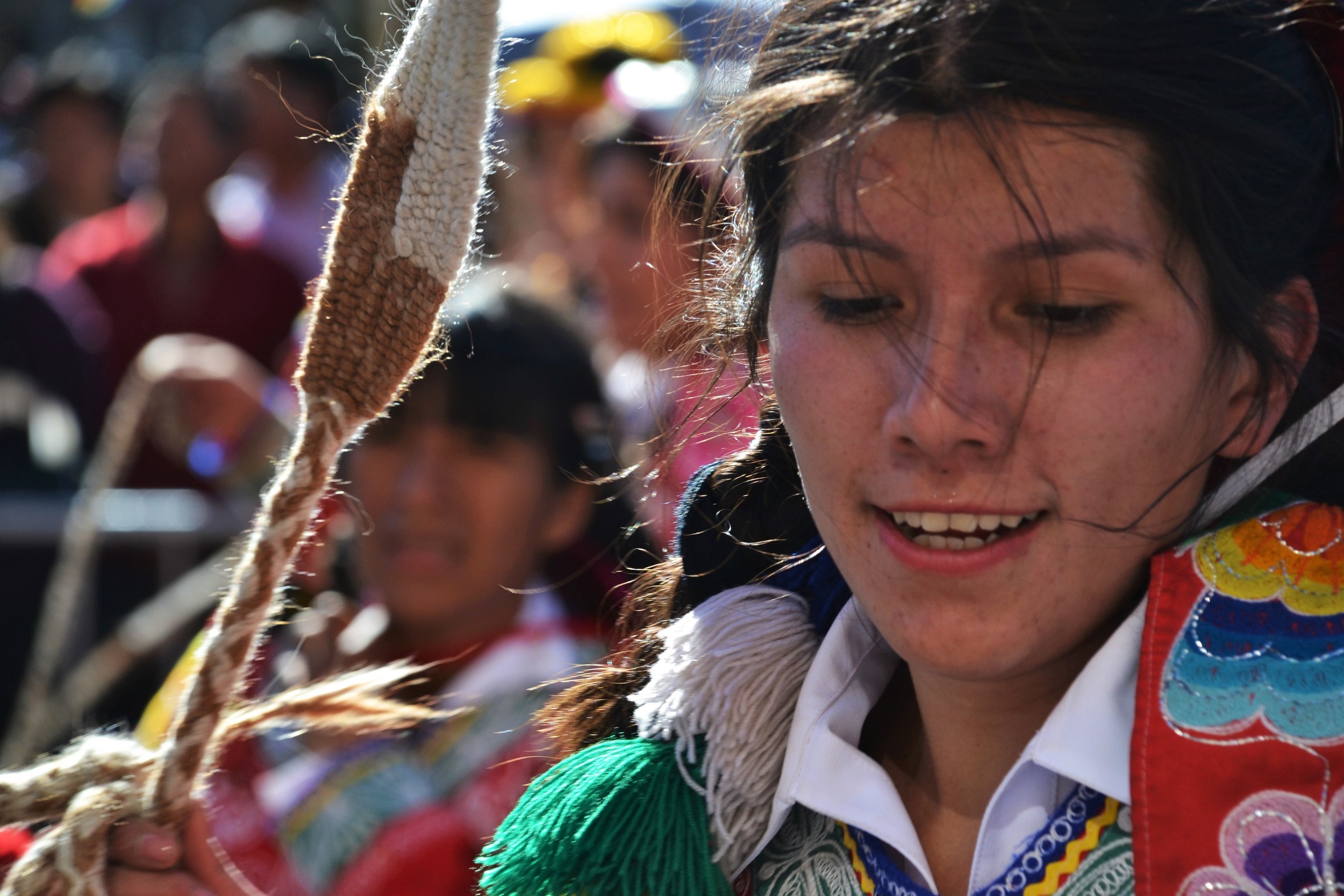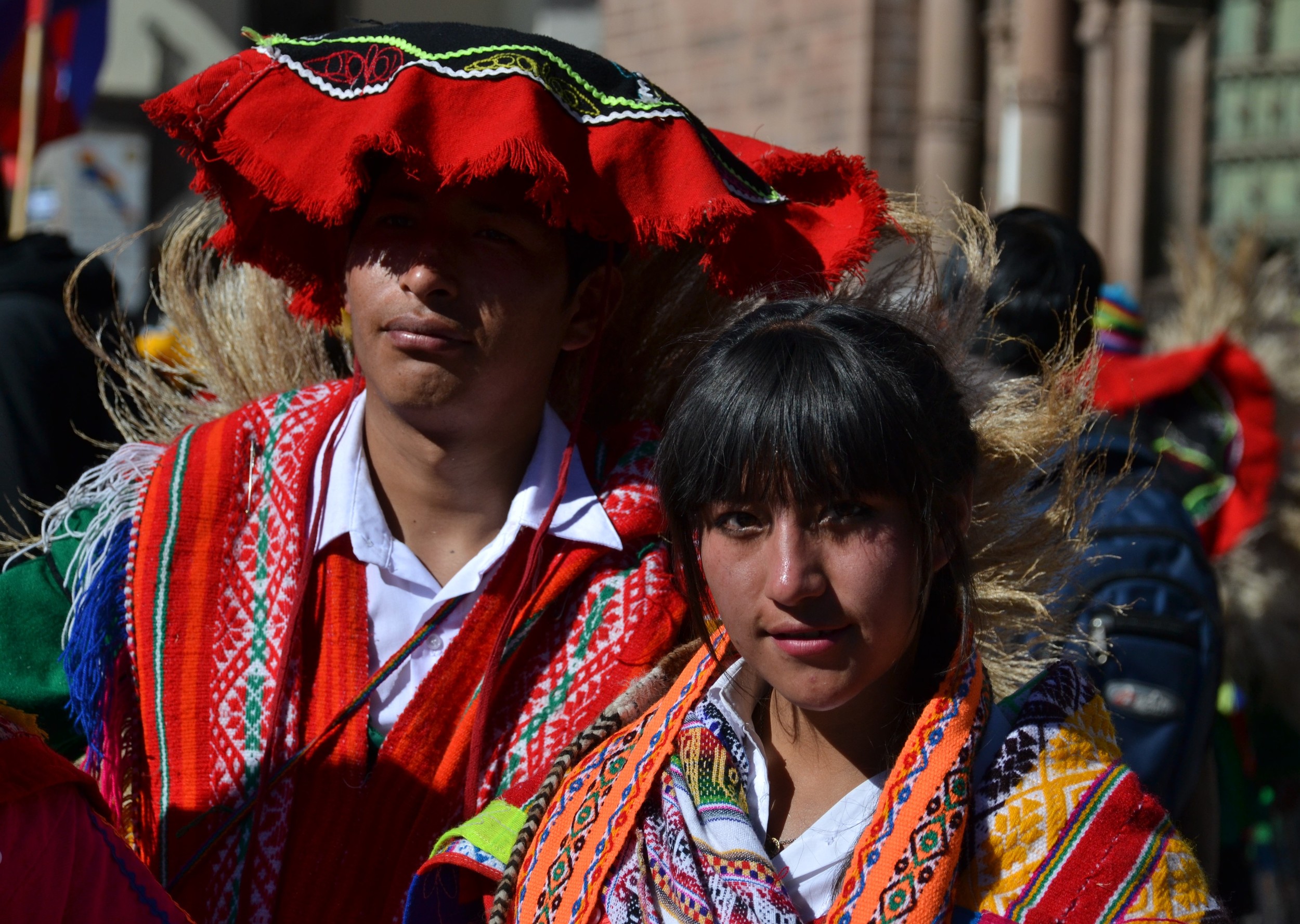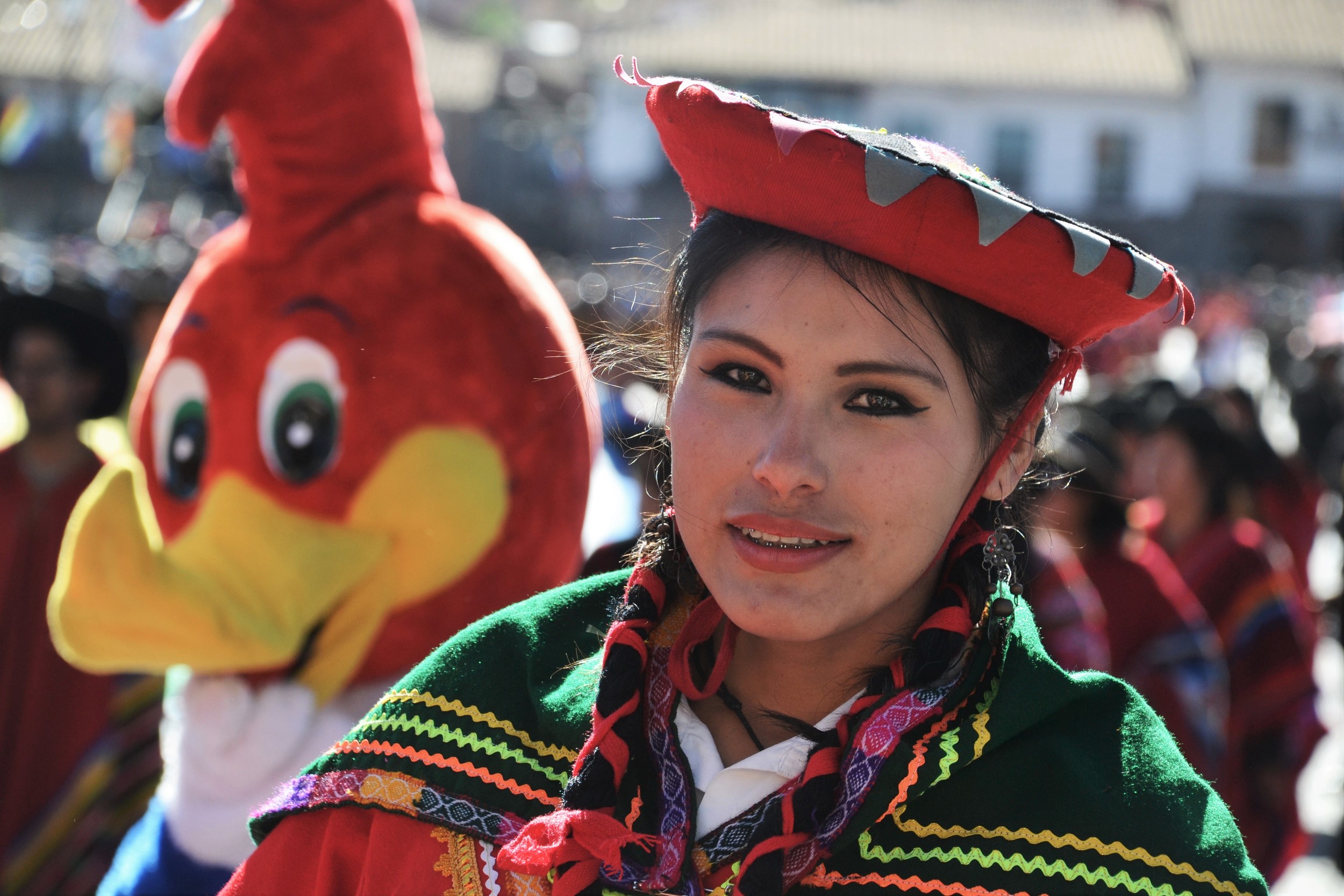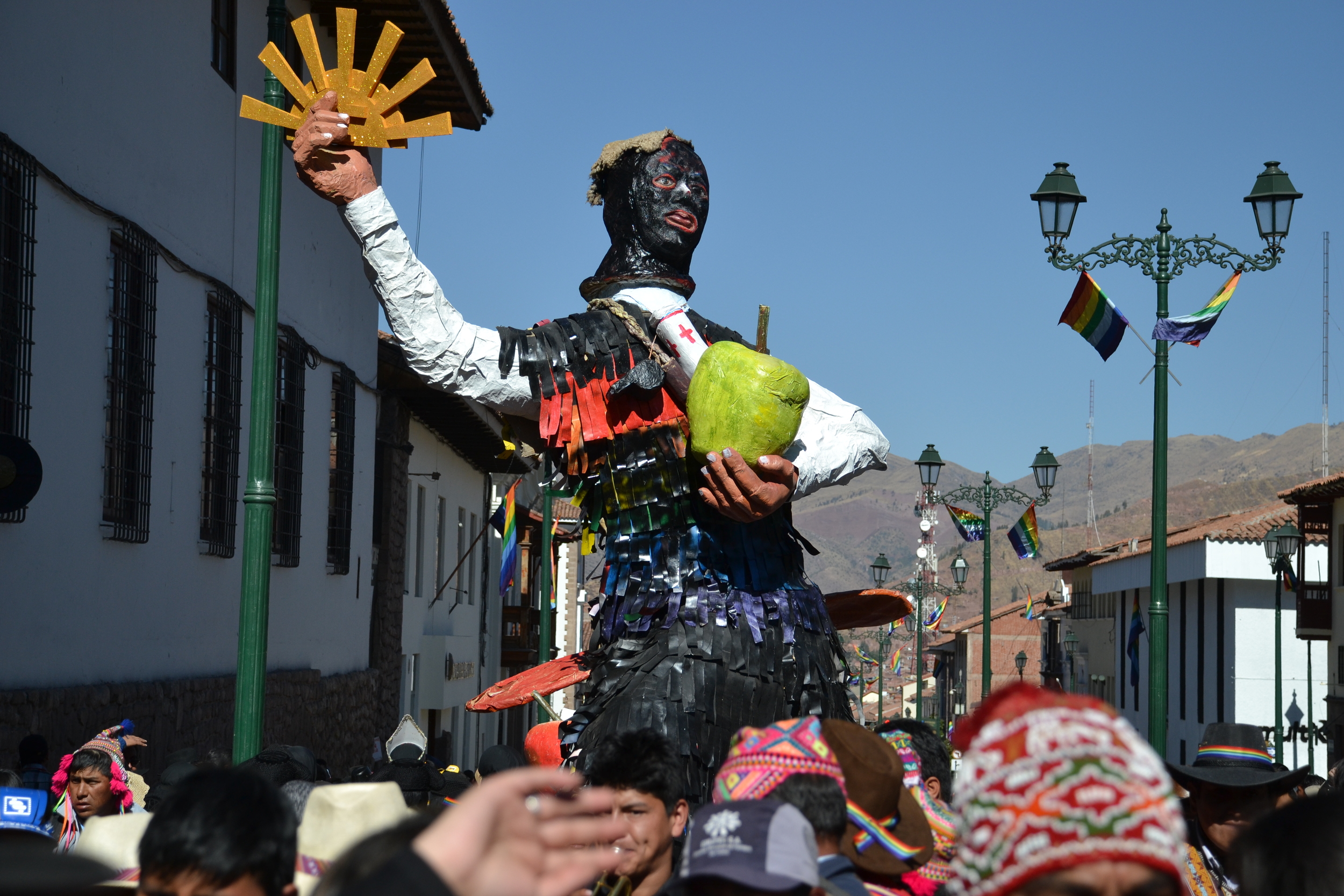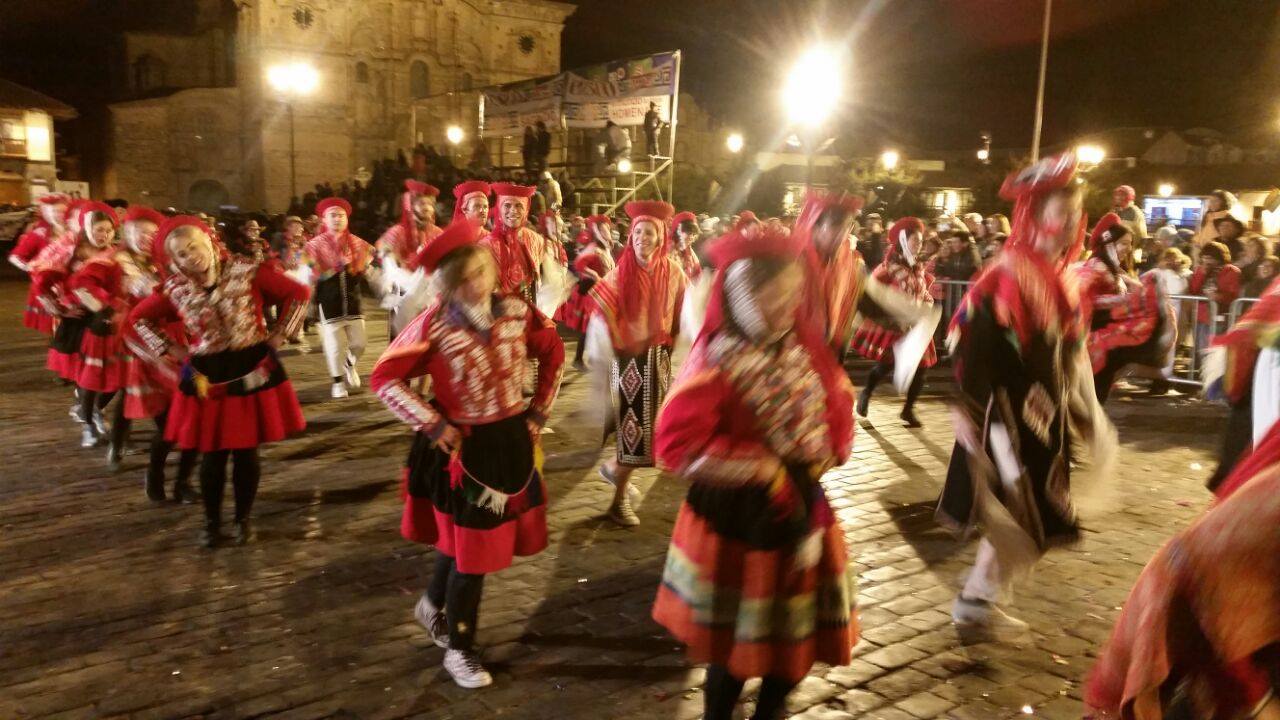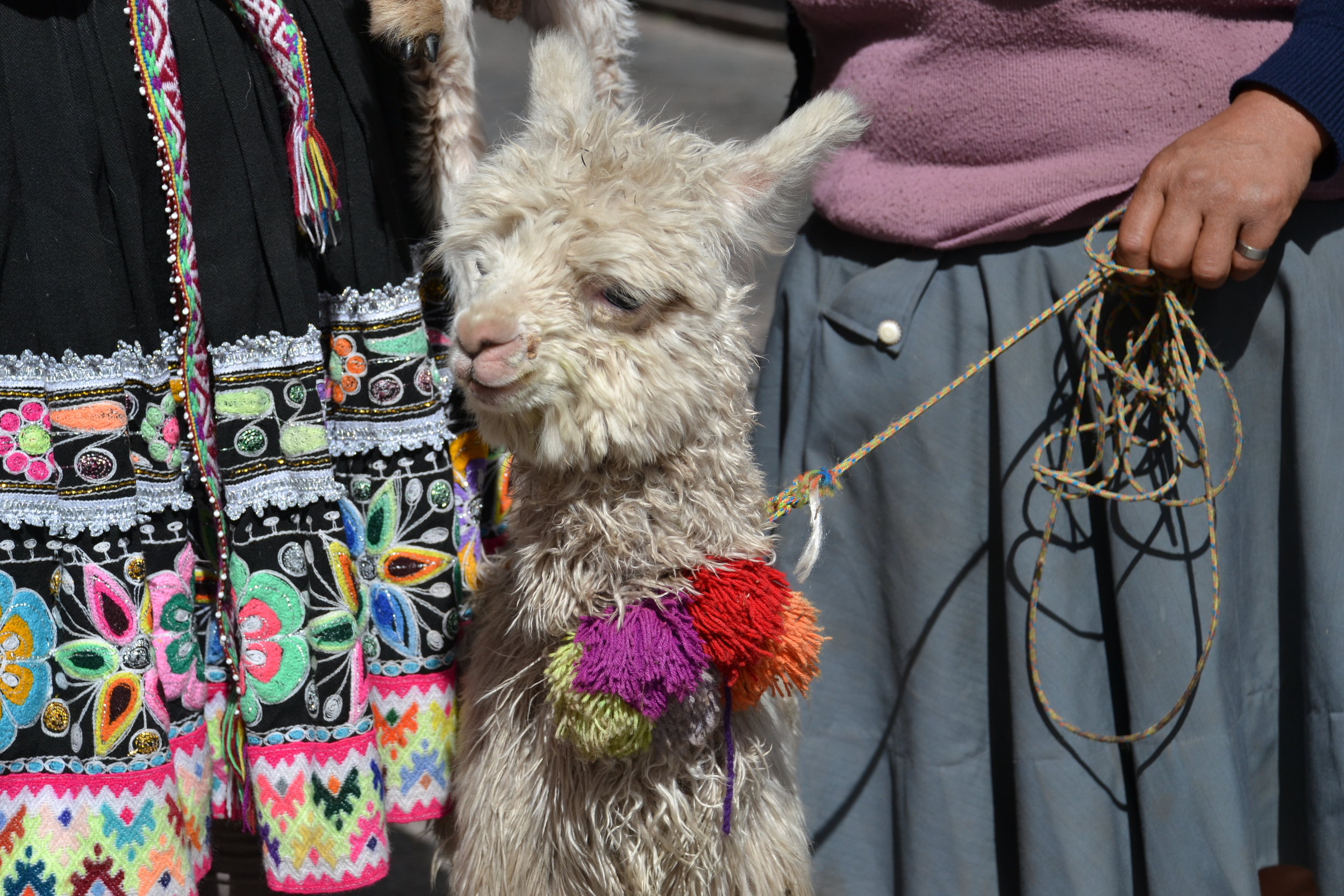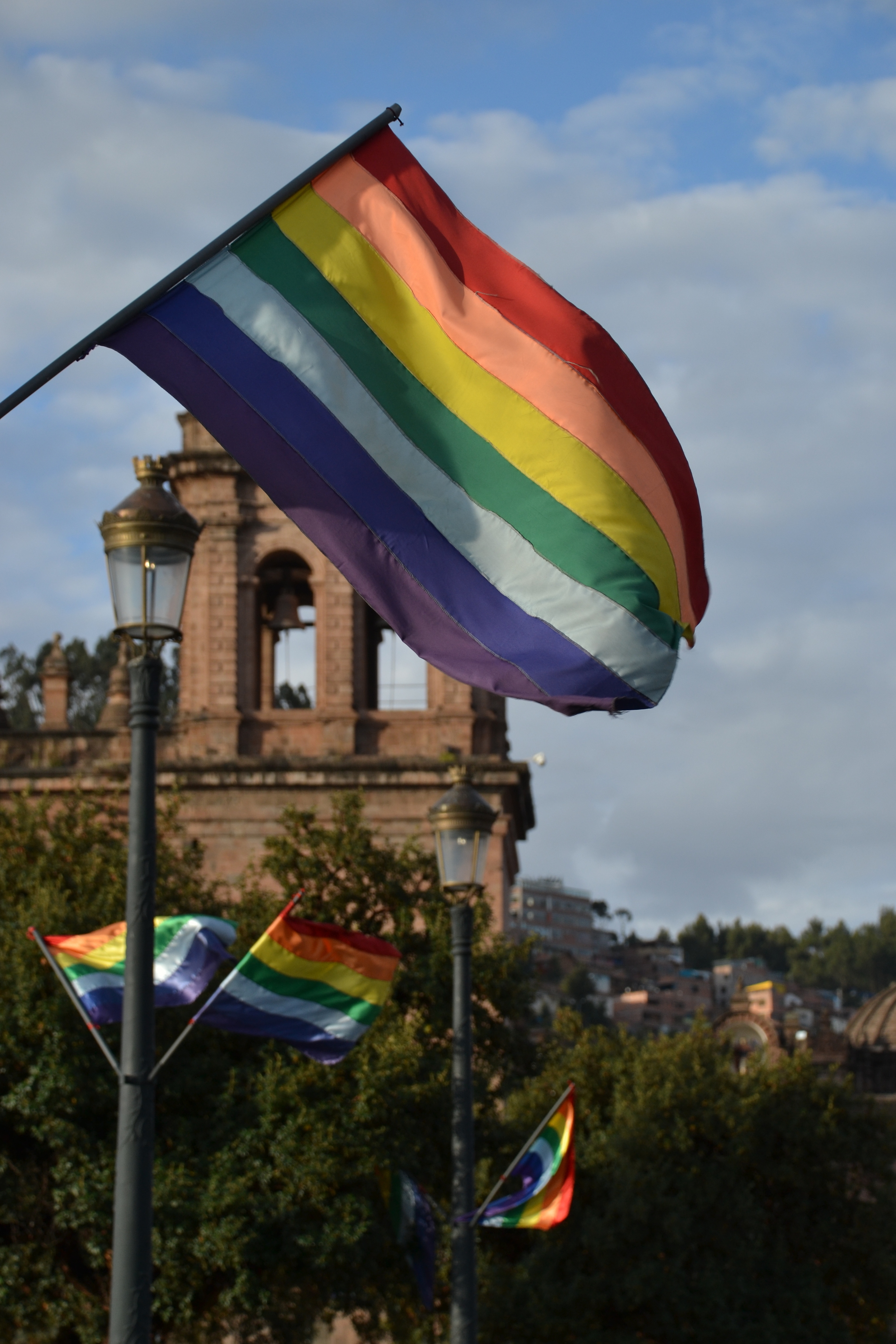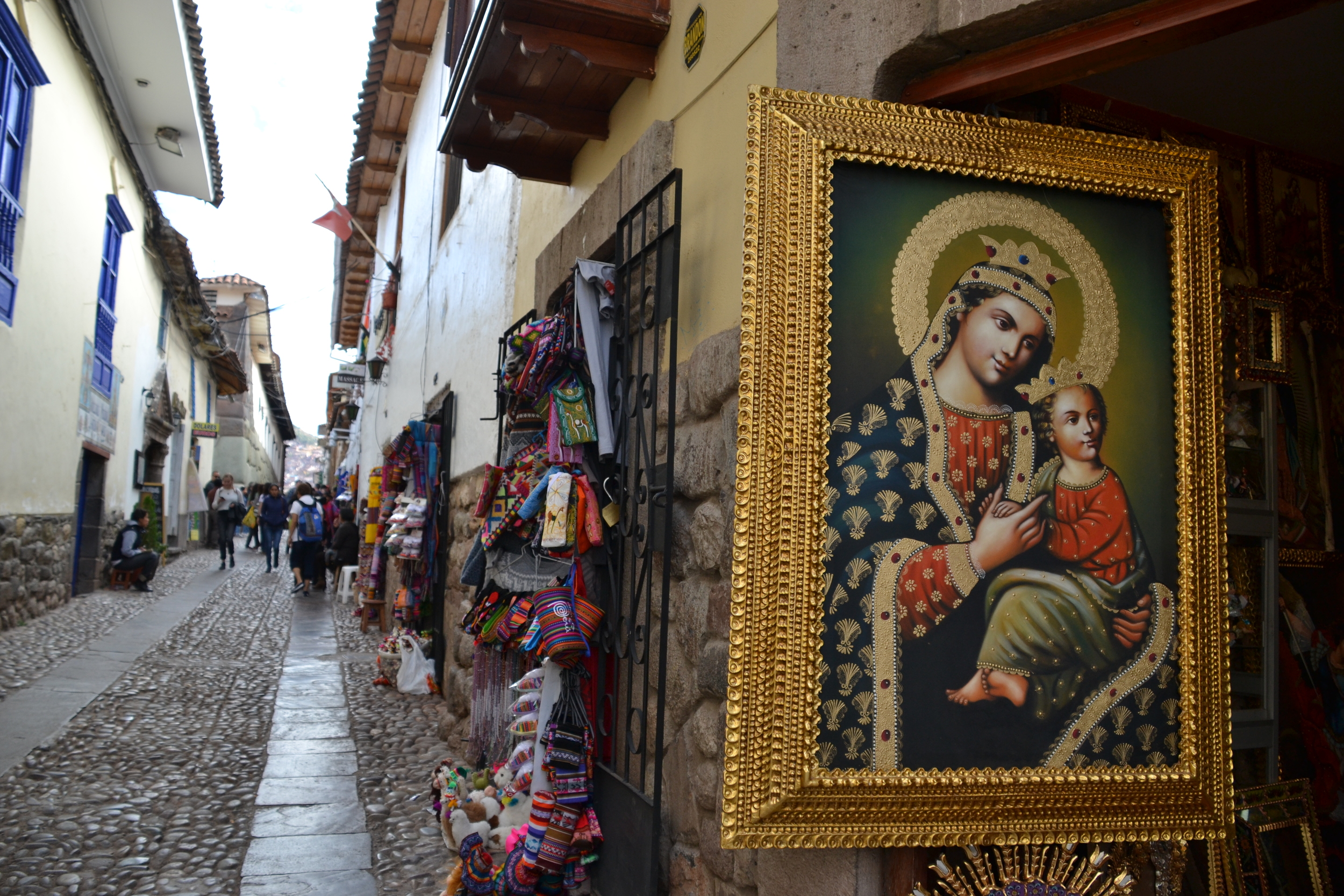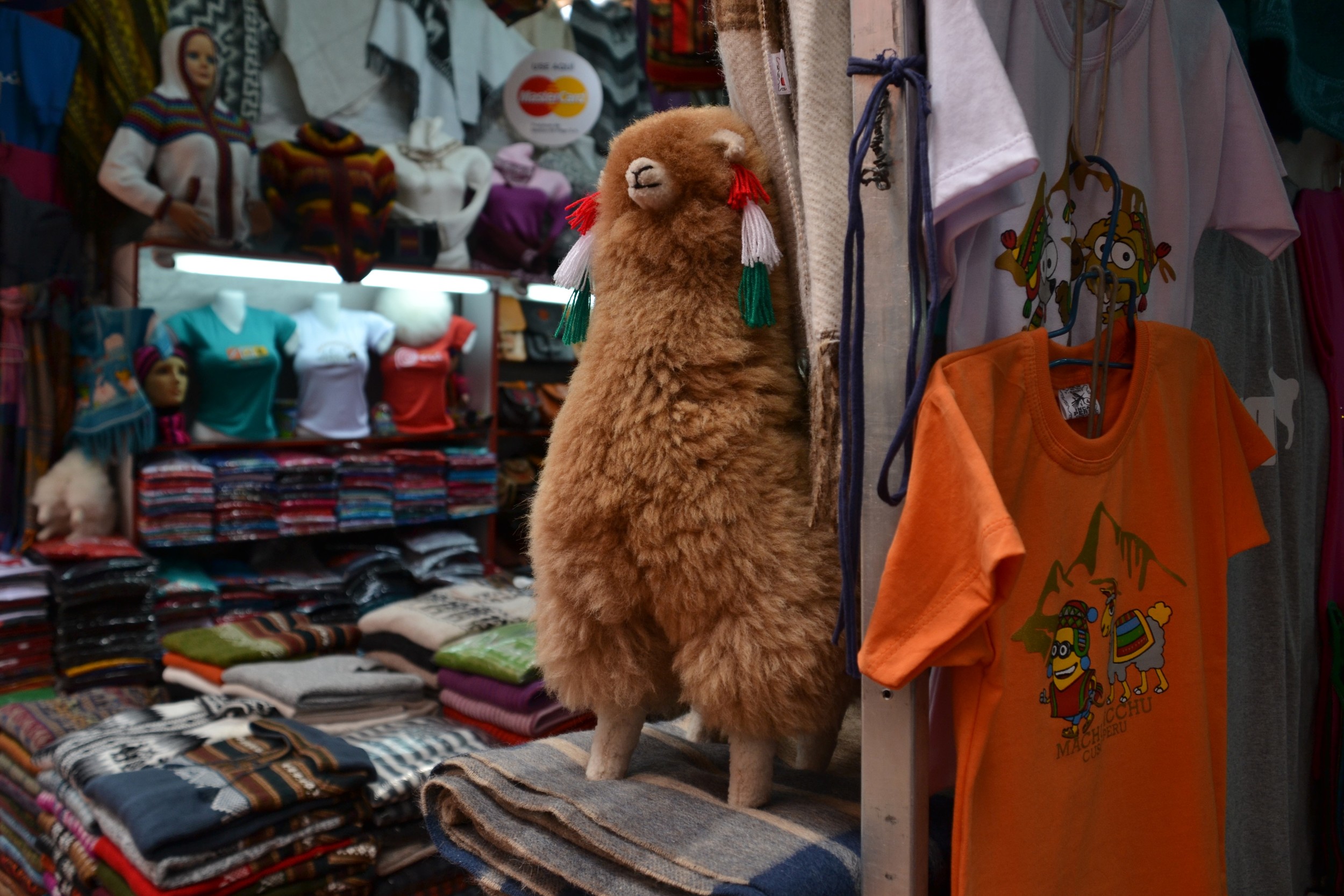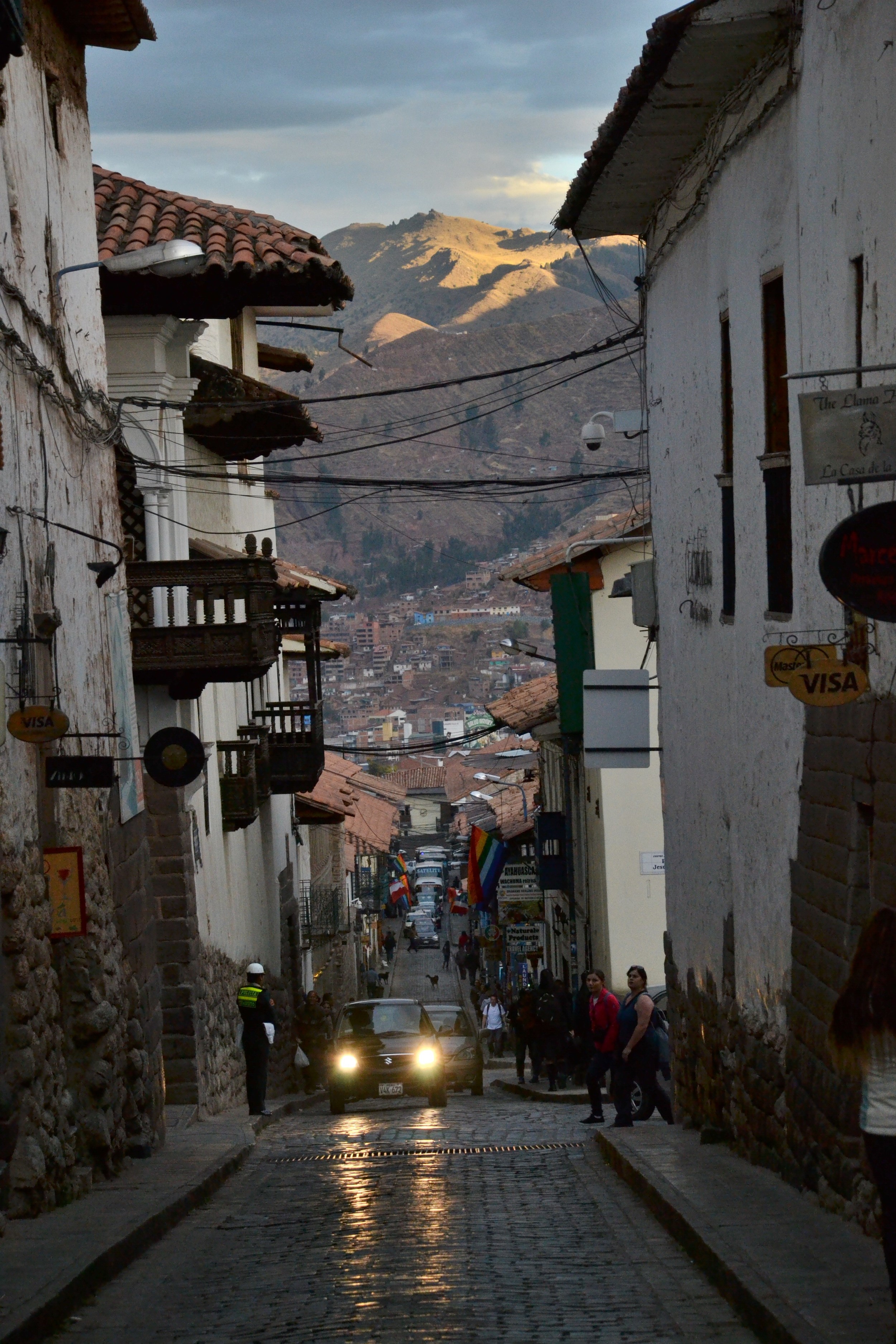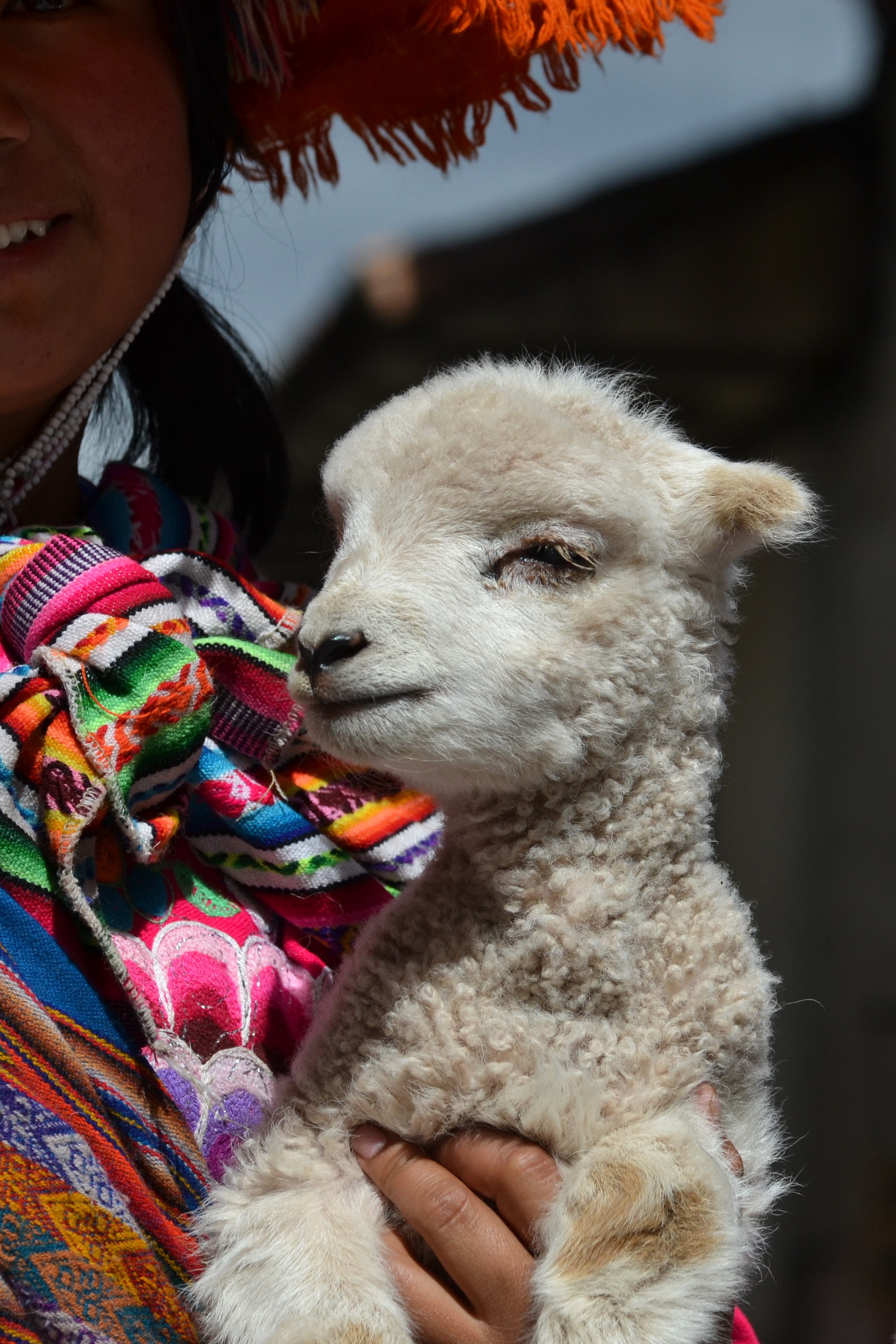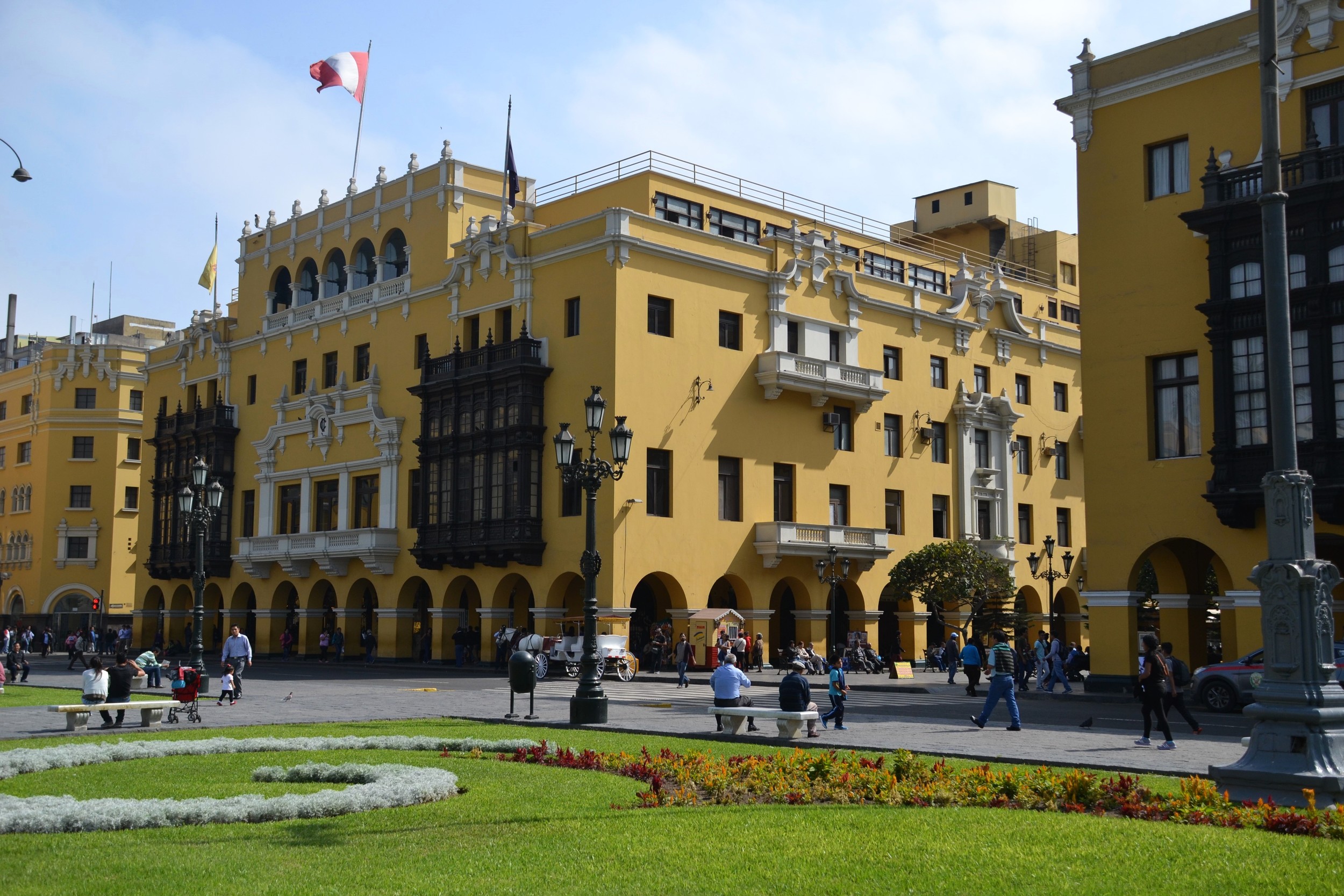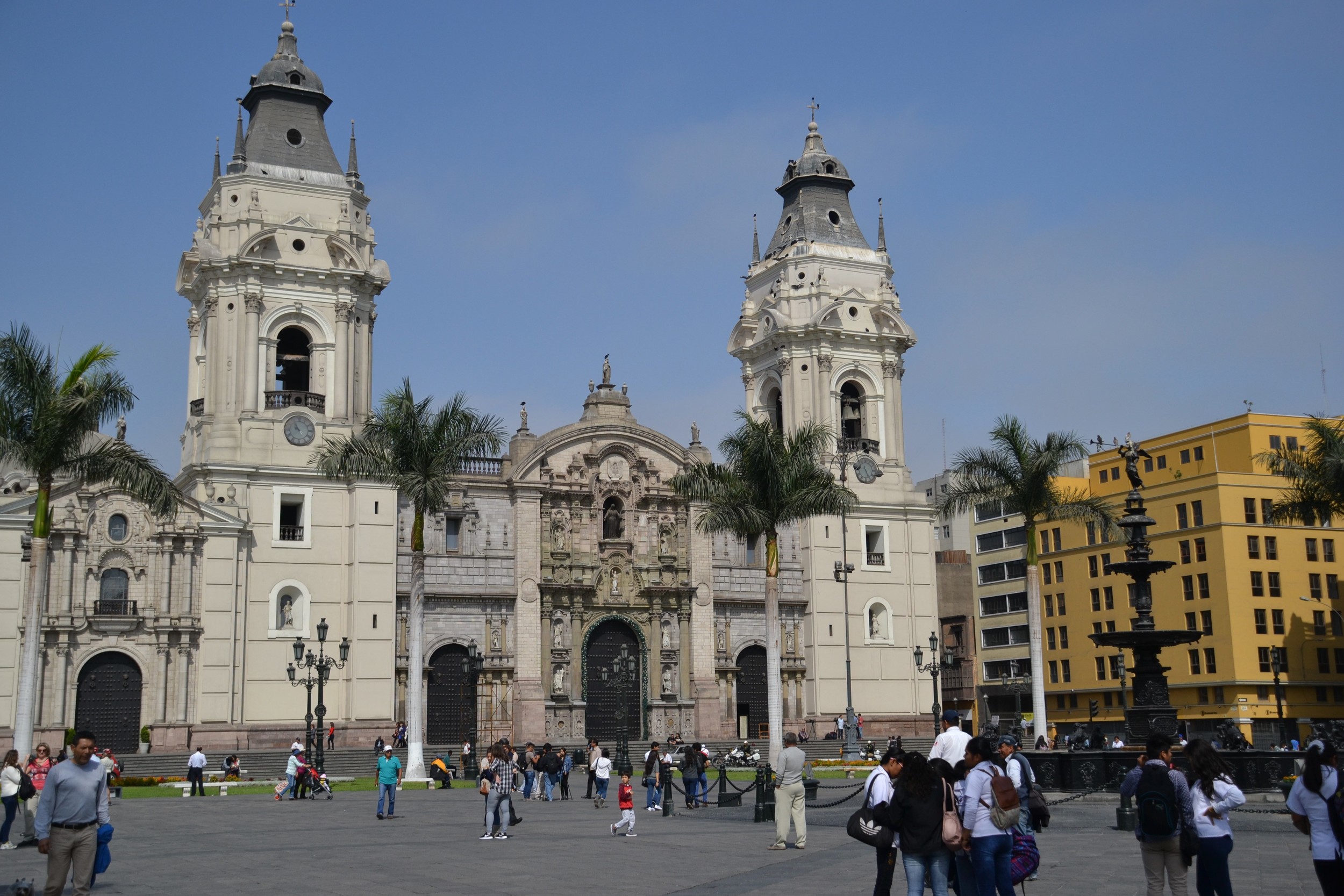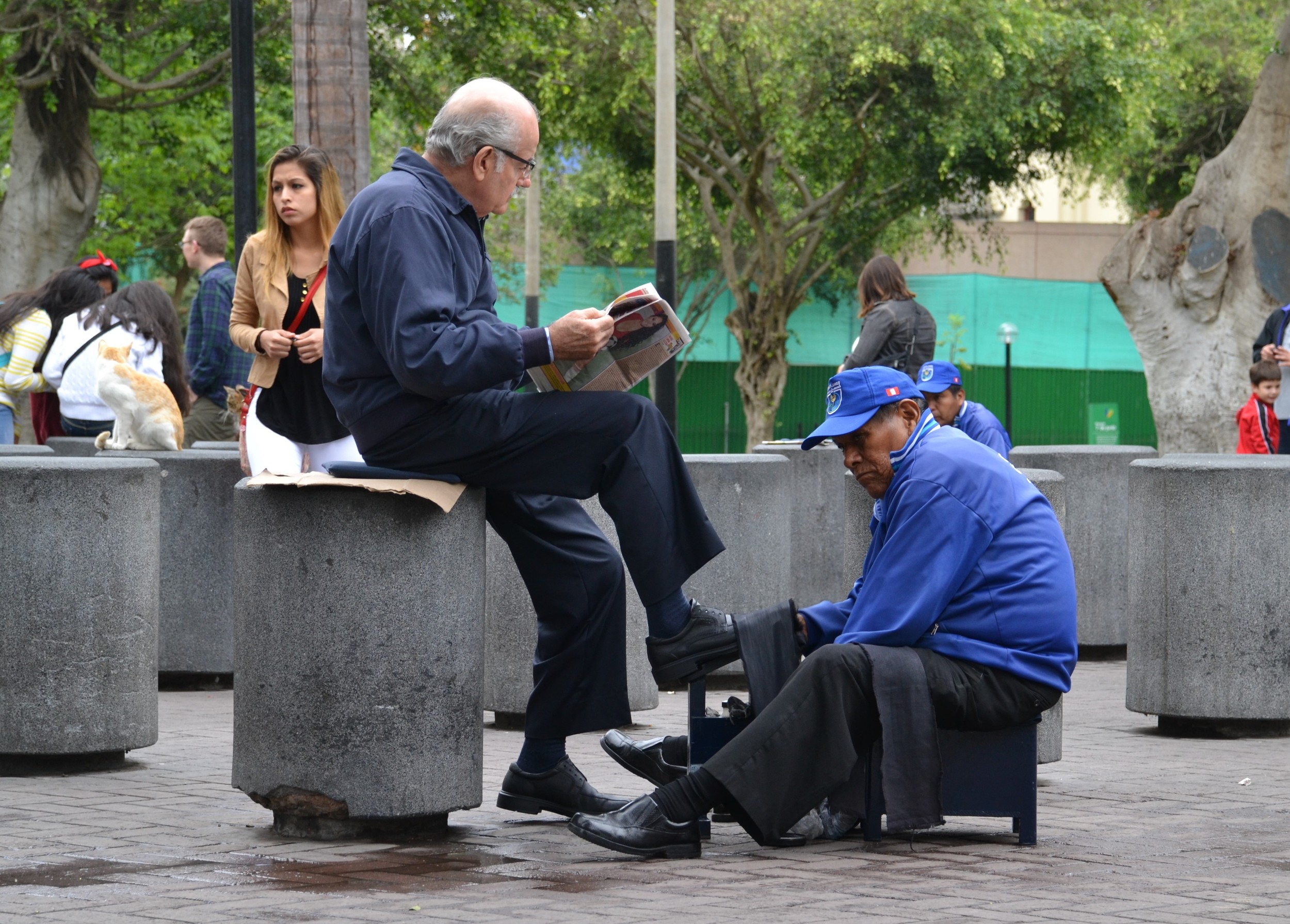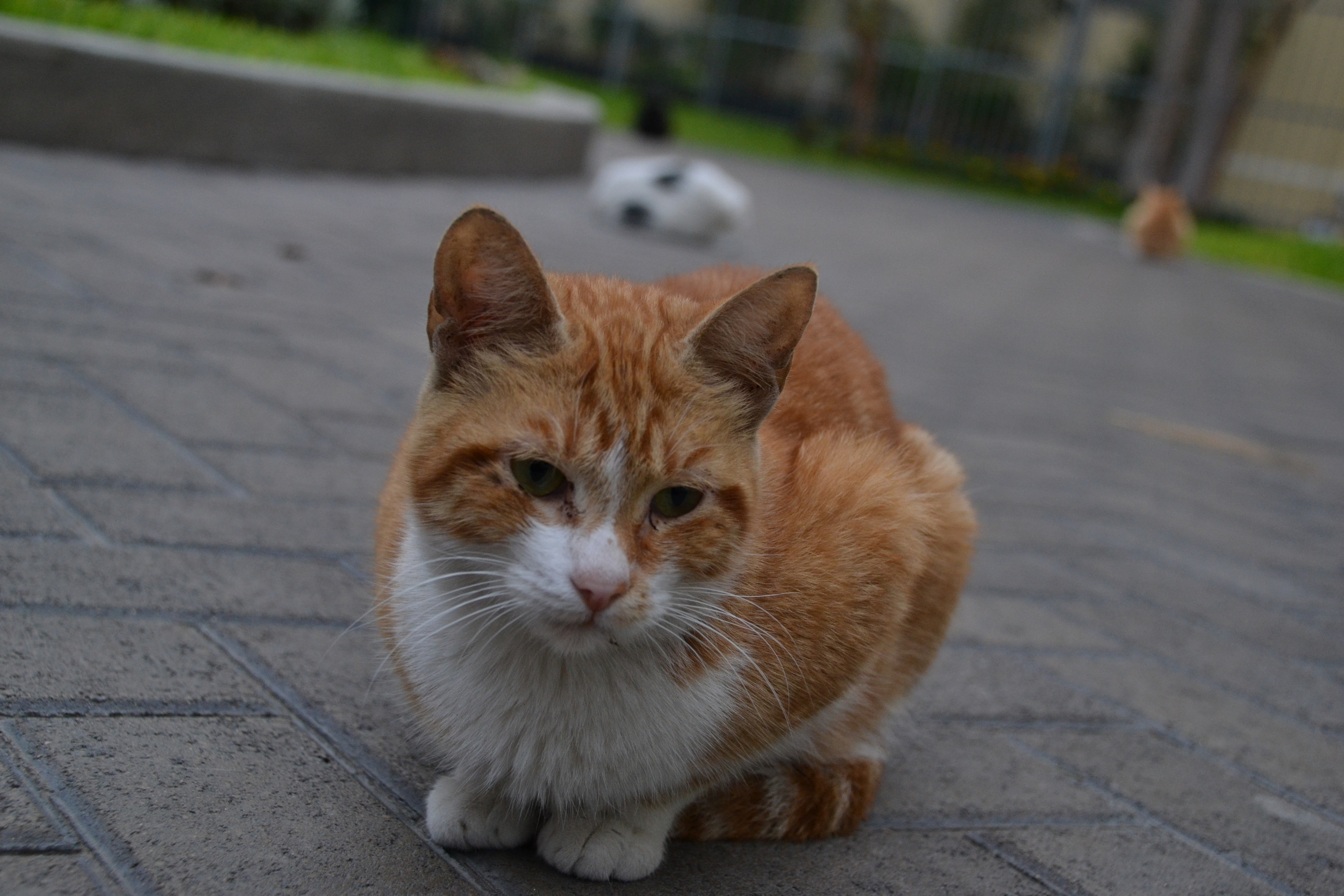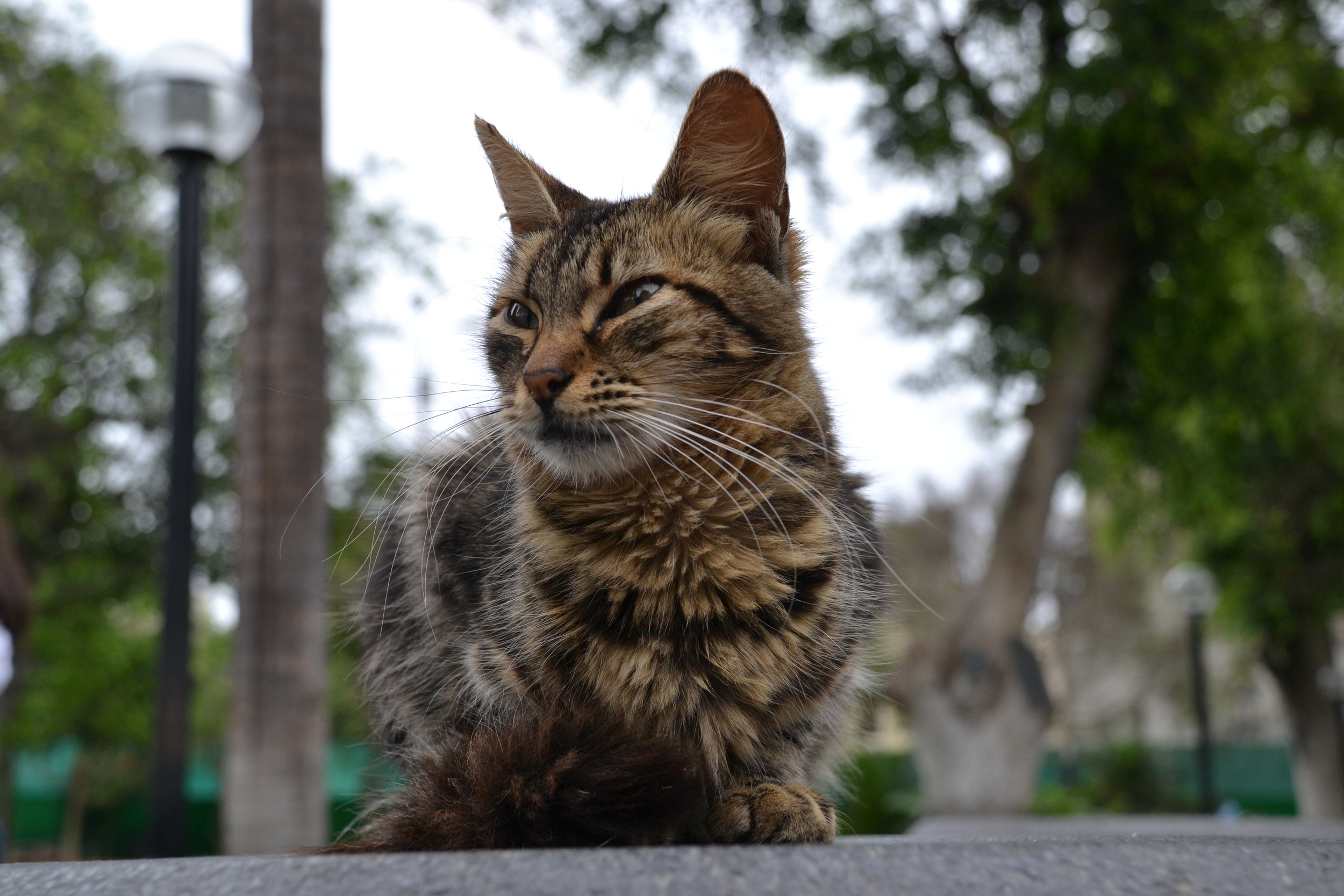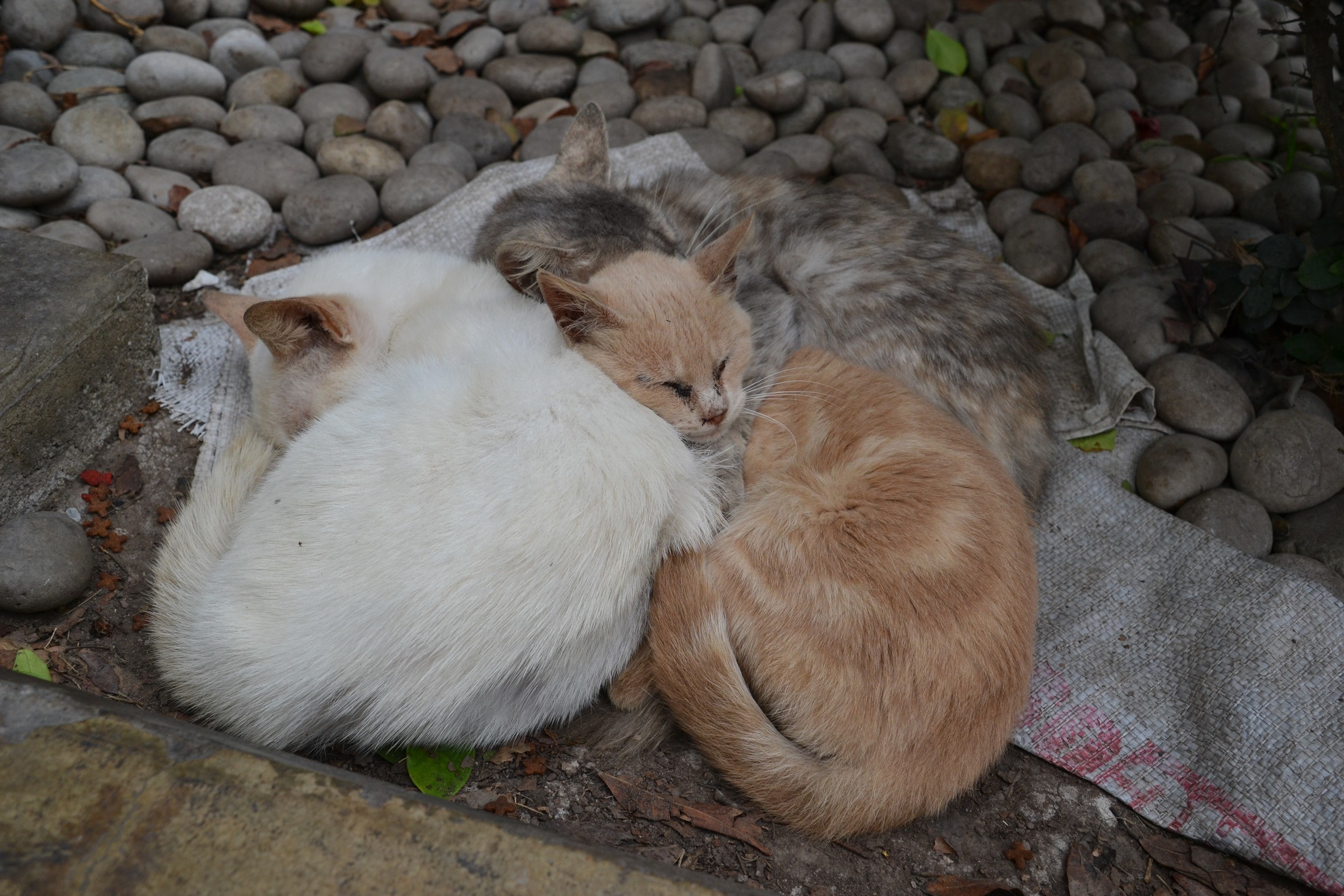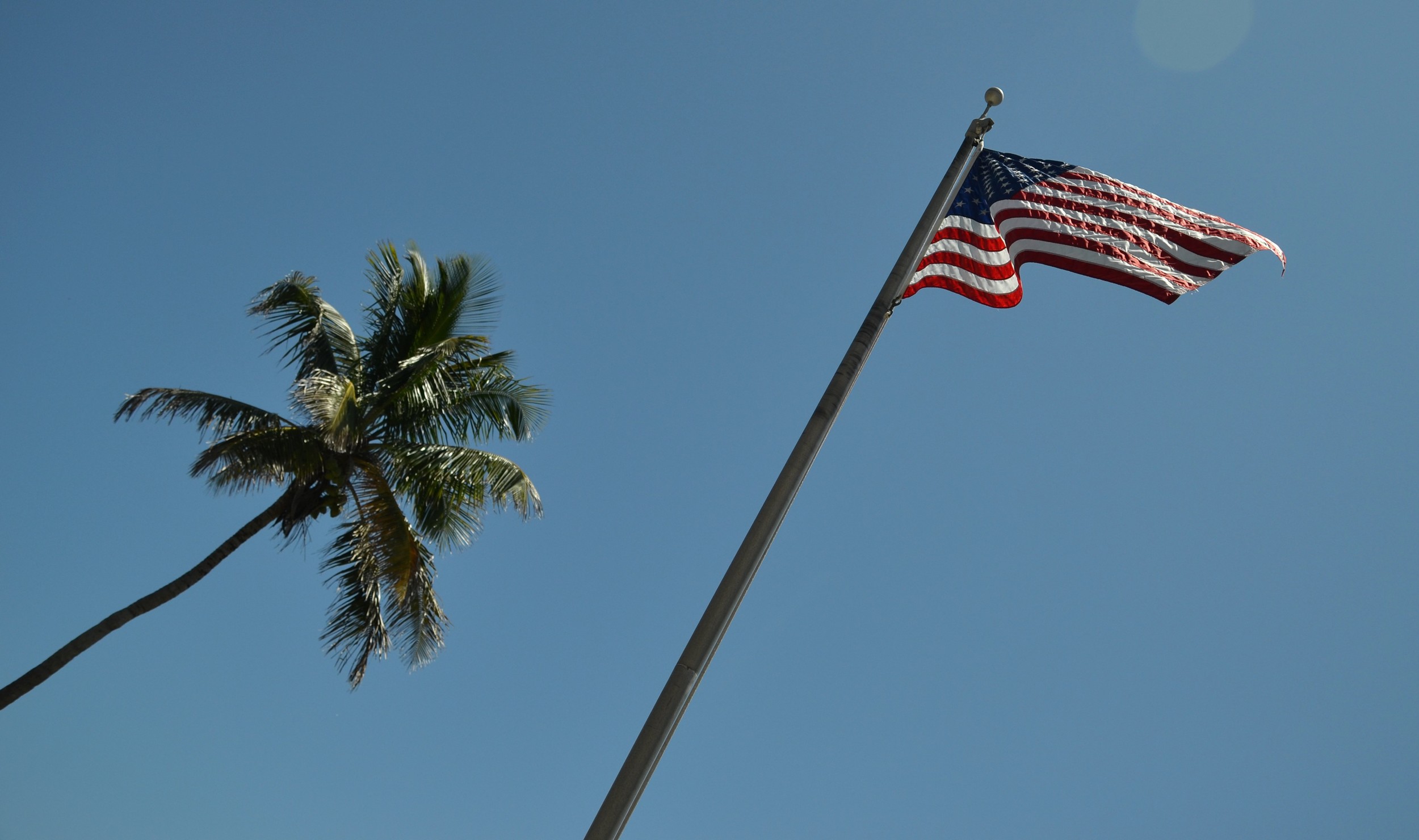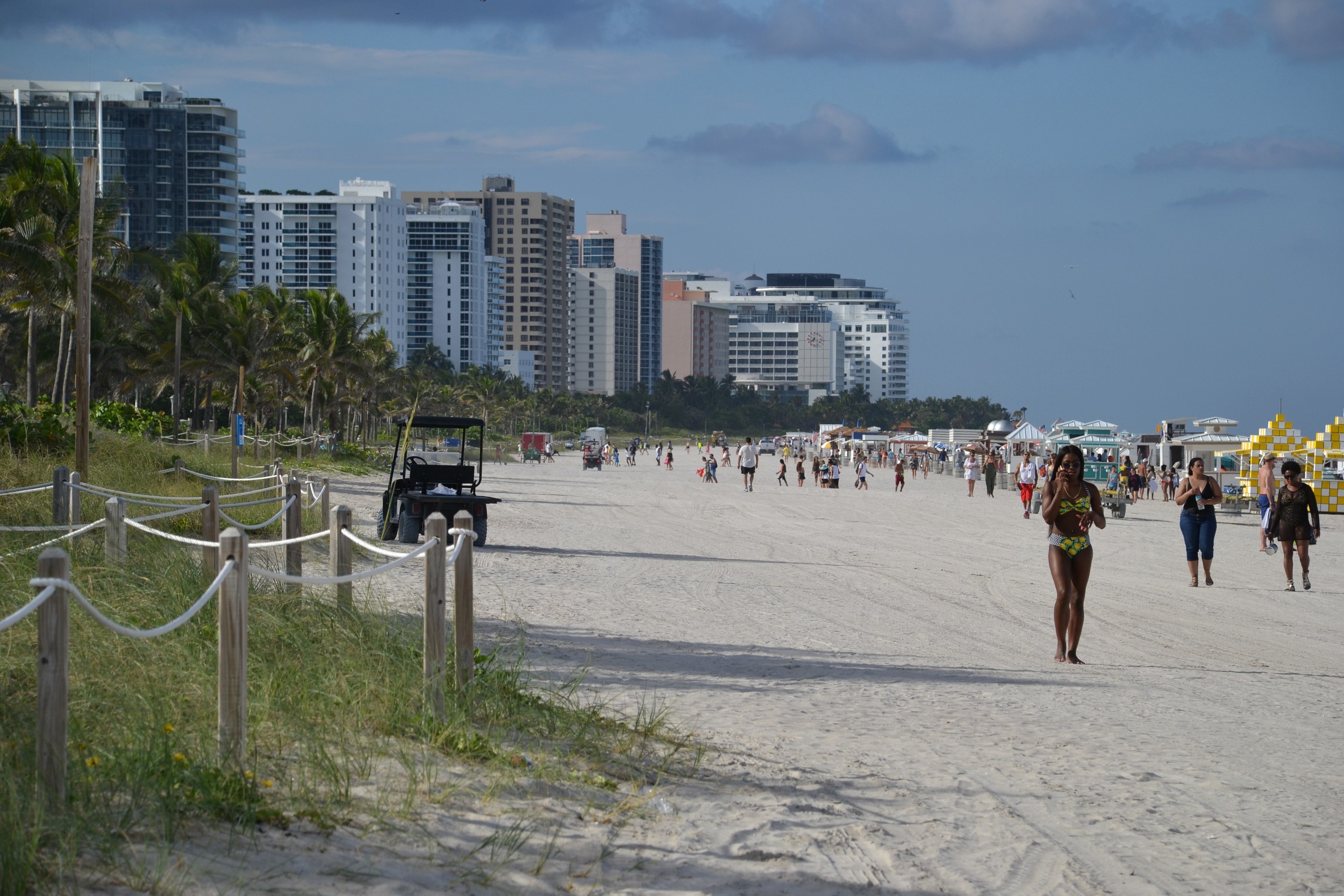Bolivia.
Bolivia is filled with unfinished places.
Ride a bus through the country and you'll see huge stretches of barren land, beige and flat but for the horizon-straddling mountains. Little bushels of yellow grass flutter in the wind, and occasionally, there is a town.
"Towns" and "cities." That's what people call them--the half-formed patchwork pueblos scattered over the Bolivian countryside. Girders stick up from squat houses, attesting to second floors that will never be built. (In Bolivia, it is possible to dodge property taxes by leaving your house unfinished). Wide, dusty streets run between the almost-buildings, occasionally ribbed with rubber tires. Walls are graffitied with opposing politics. "EVO DICE SI" and "EVO DICE NO," they say--bickering camps regarding the President's bid to stay in office past his term limits, possibly forever.
Typical Bolivian architecture. Spot the incomplete structures.
And in the desolate streets people wander like lost things, between tiny shops and bereft little markets and canteens with vomit-yellow signs advertising pollo lunches. The women wear bowler hats and carry coloured sacks. The men, oftentimes, wear a prominent slump.
This is the Bolivia that exists between jungle and mountain, between eccentric famous city and bustling tourist stop. It is the Bolivia you pass late at night on a bus, going from place to place, never quite finding a reason to linger in.
Citizens engaging in ad-hoc construction work in El Alto, a perennially unfinished neighbourhood in La Paz.
There is a guilty glee in travelling through edge places; countries that are poor, corrupt or suffer lunatic infrastructure, and are somehow more fascinating for it. It's a terribly privileged, almost colonial attitude, and it risks obscuring the hardships and happinesses of the people who live in these places. But it also taps straight into the basic urge to travel--the urge to find things strange and different.
As I exit Bolivia, I find to my mild surprise that I will miss the country. Sure, the food is stolid, the internet intermittent, the governance mystifying. But the country is certainly strange and different; a wild west frontier stuffed into a landlocked patch of South America, filled with people alternately warm and cold, tired and angry, and always teetering on the verge of another revolution.
And curiously, what I will remember most about the country will not be the cholitas in their bowler hats, or the bumpy bus rides (not as bad as expected), or the mind-blowing spectacle of Uyuni, or even the jungle's sticky depths.
It will be all those half-formed places in between, like living ghost towns in the desert.
Not quite finished, and never getting there.
A family in a small Bolivian town.










